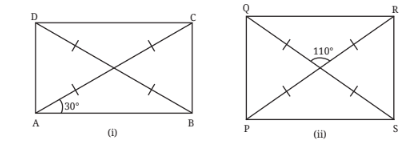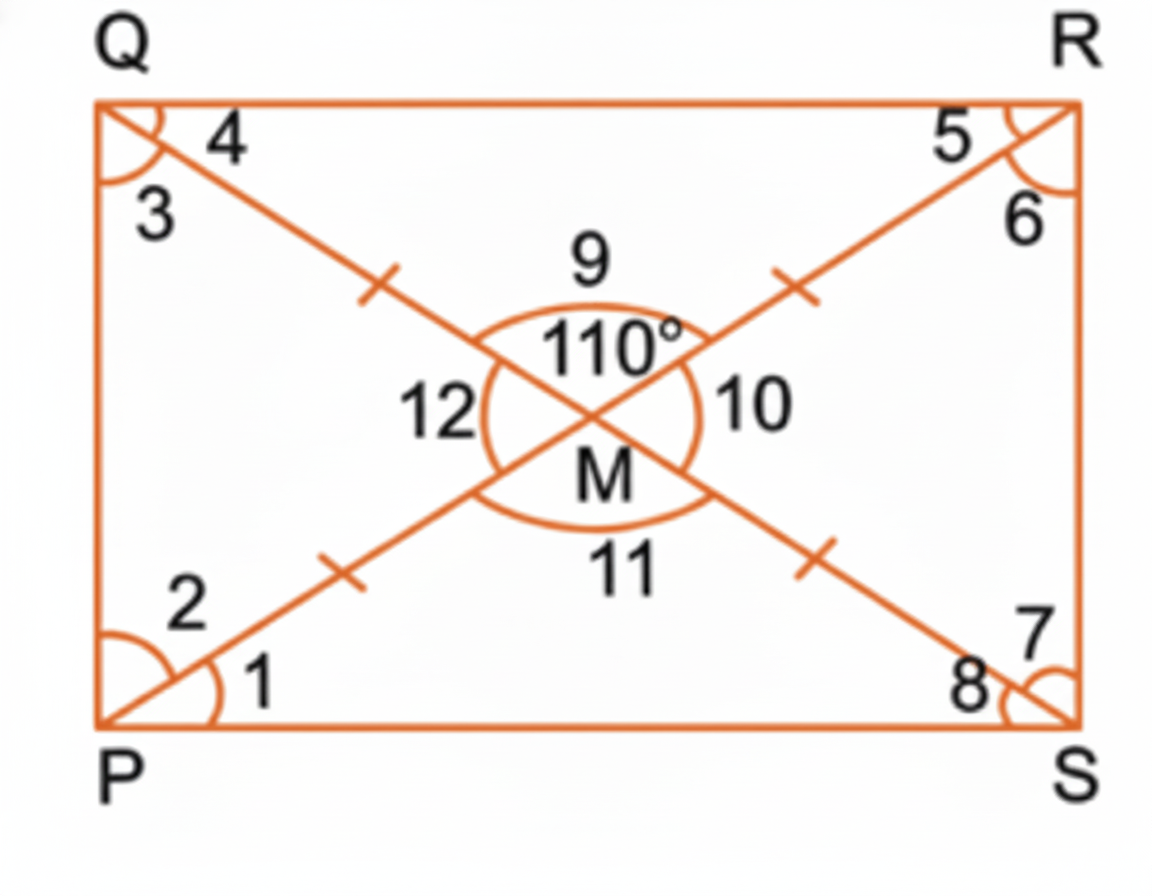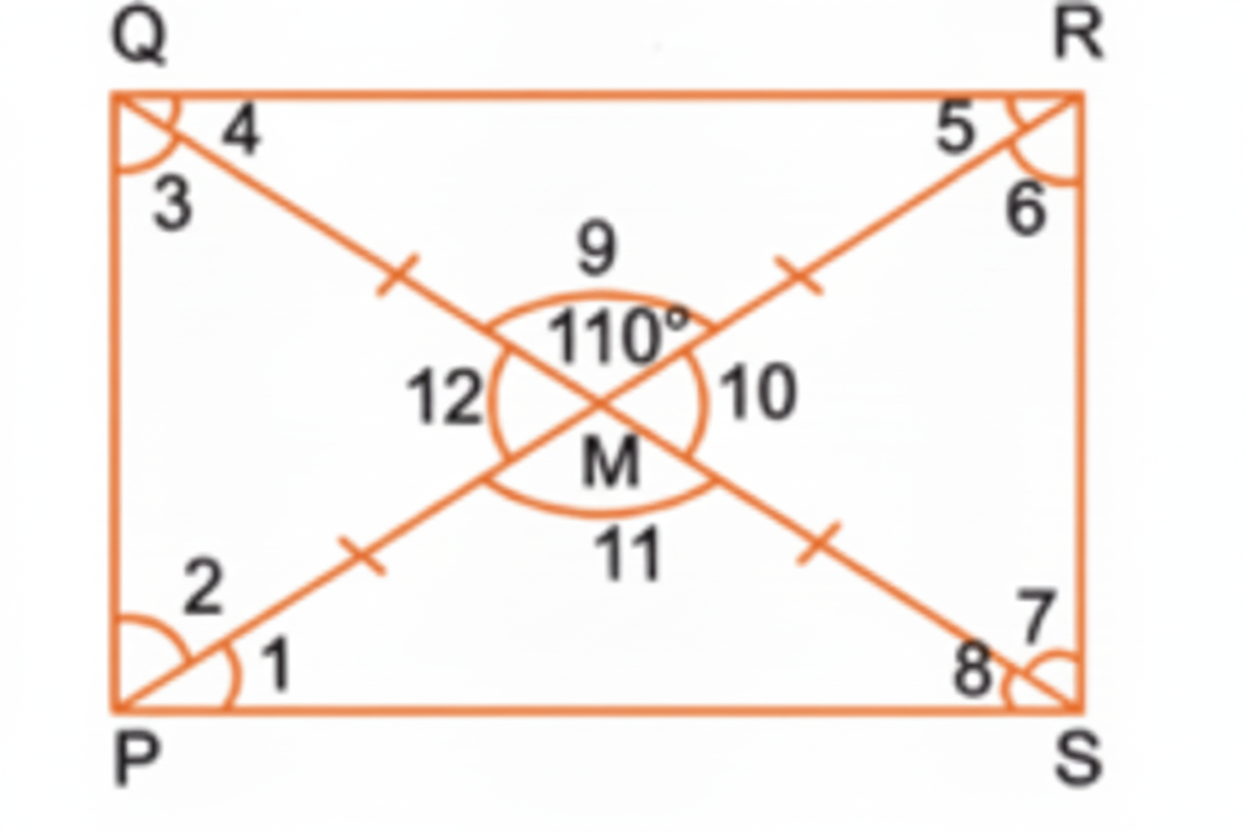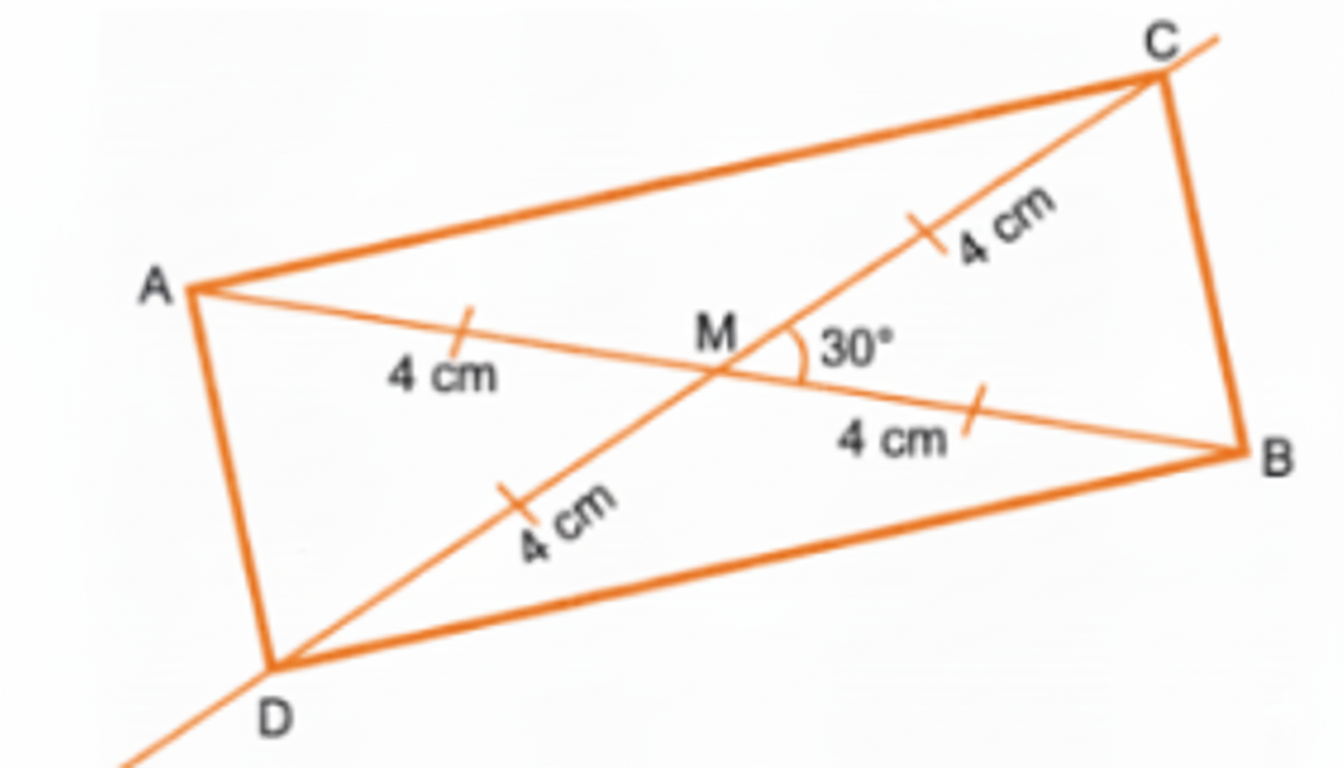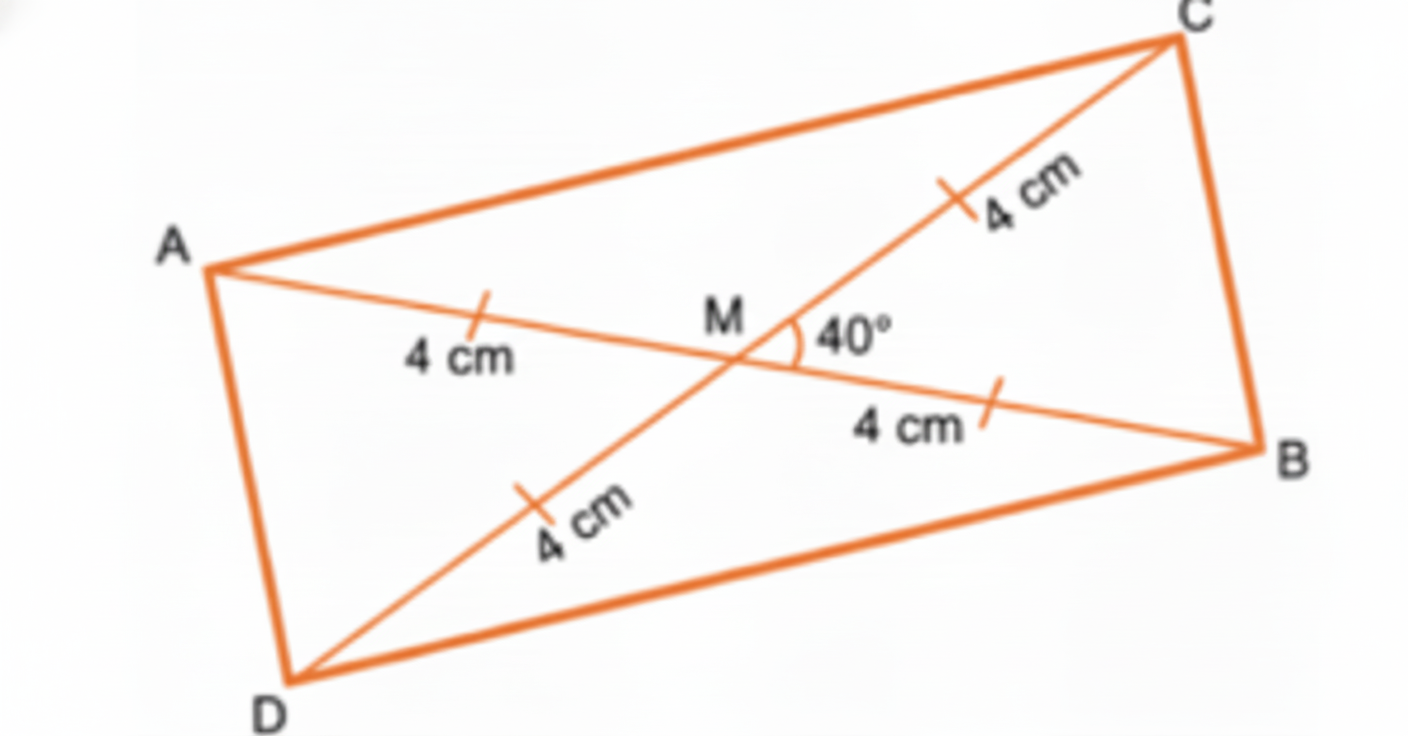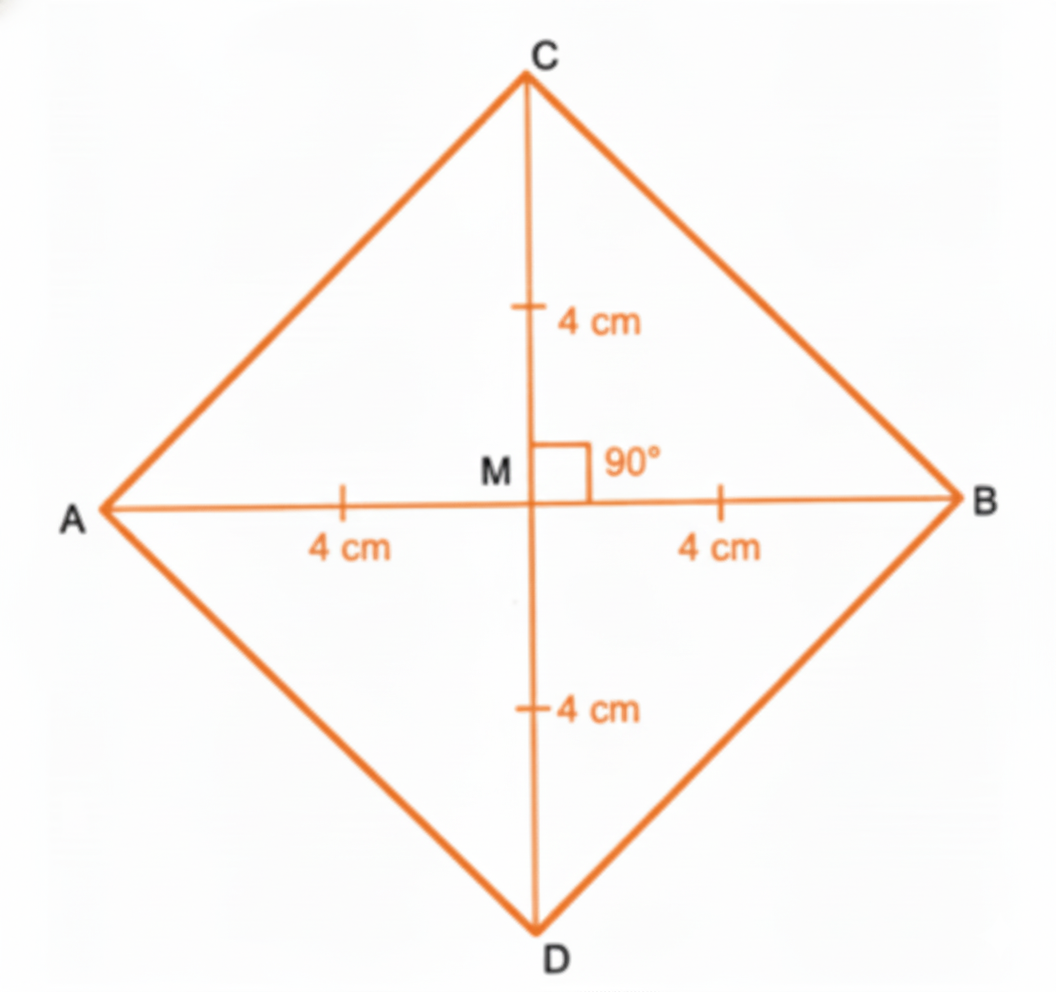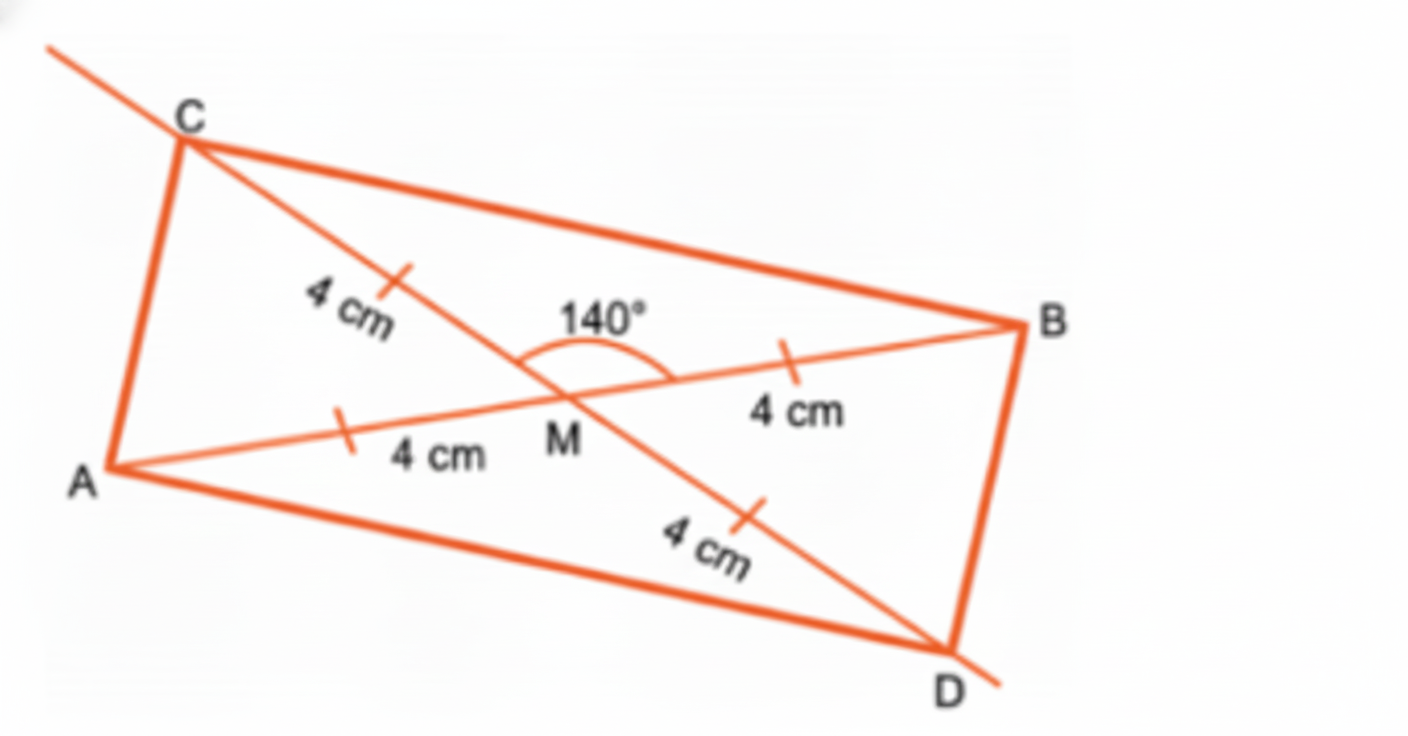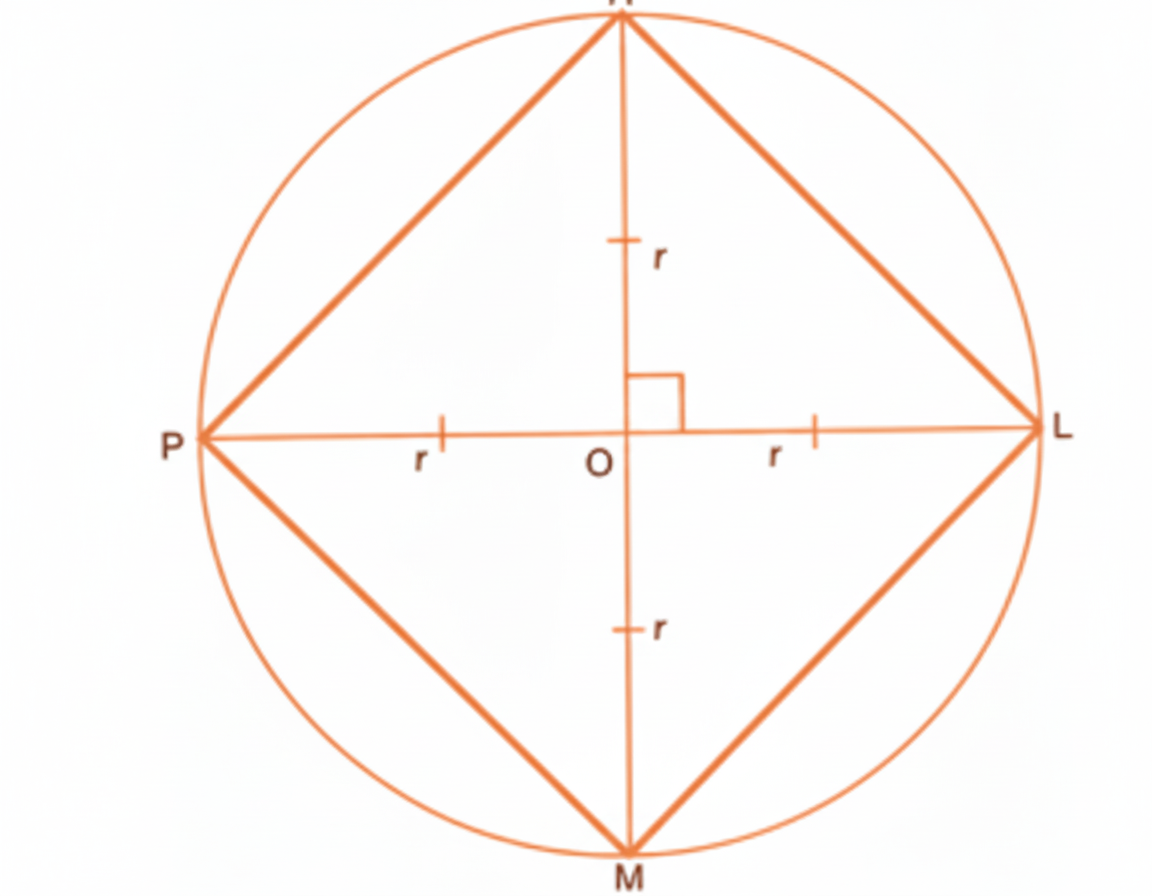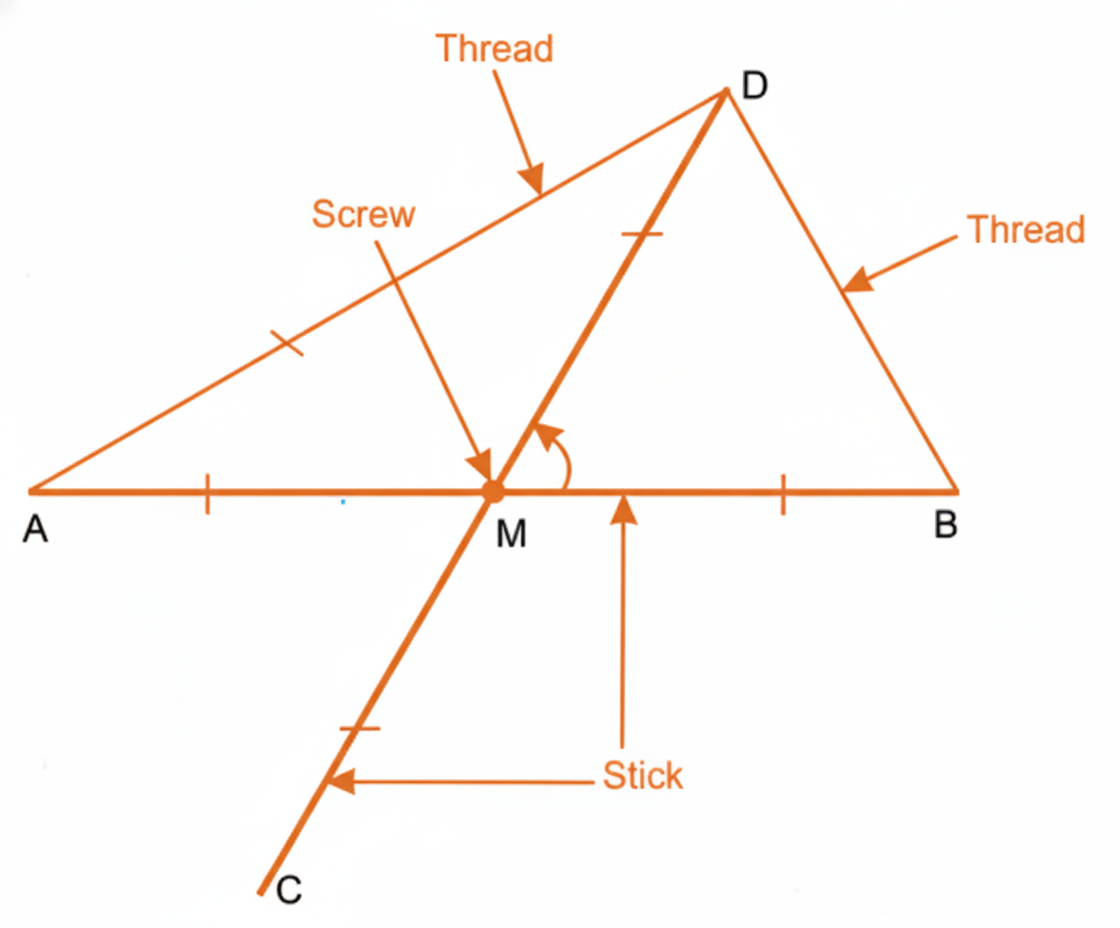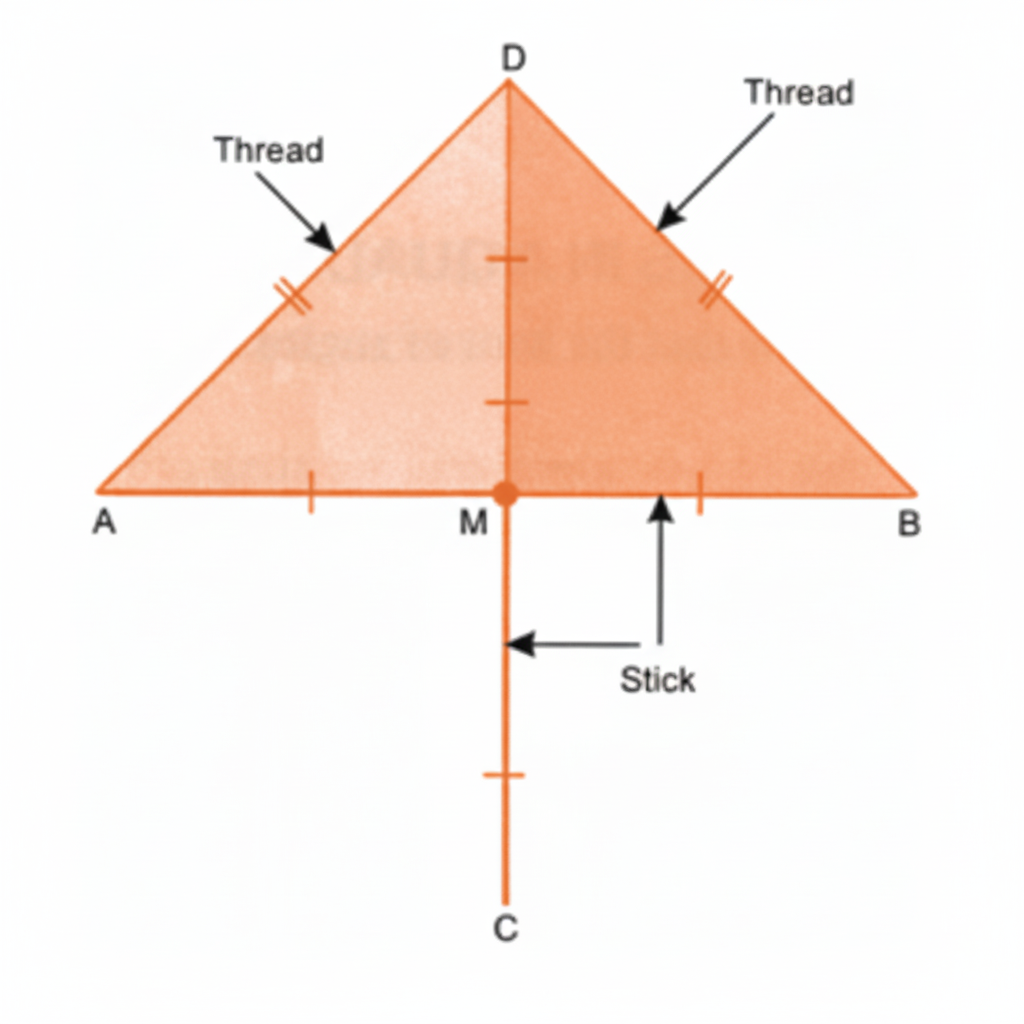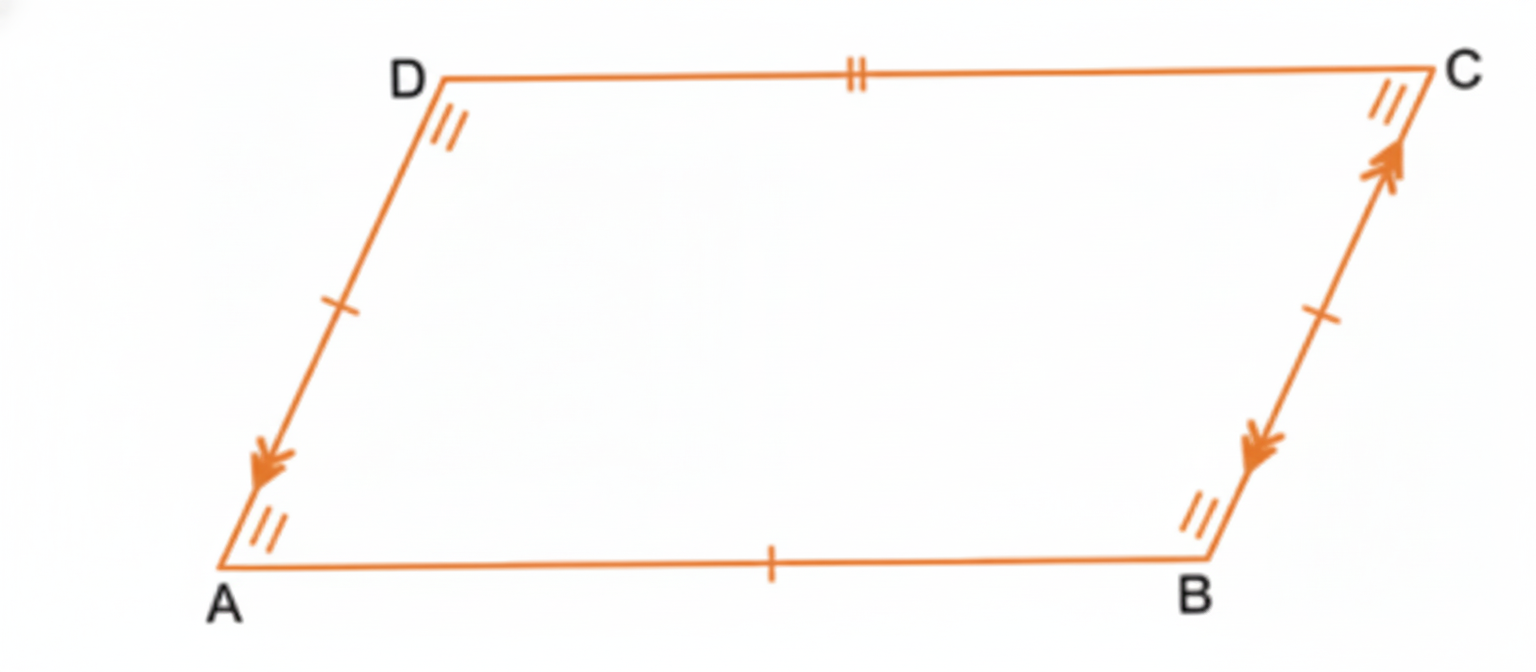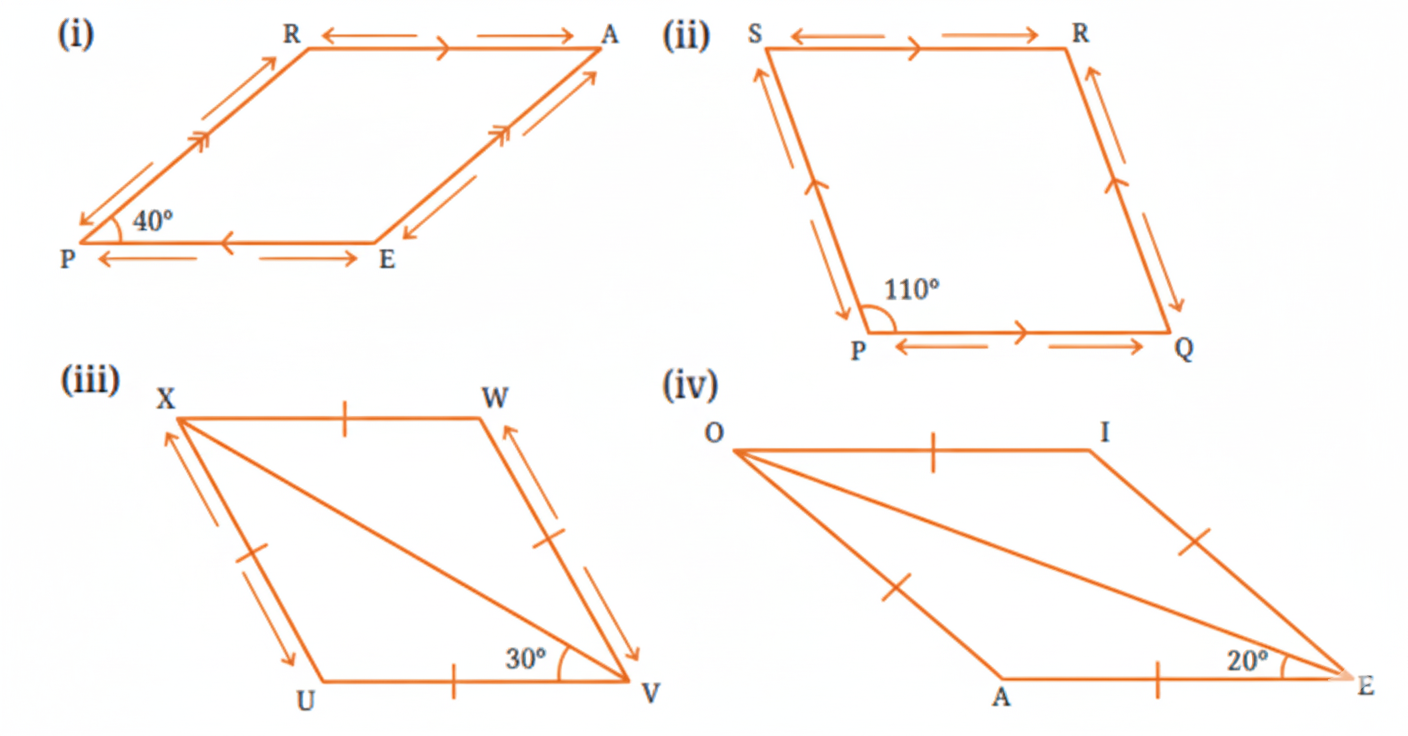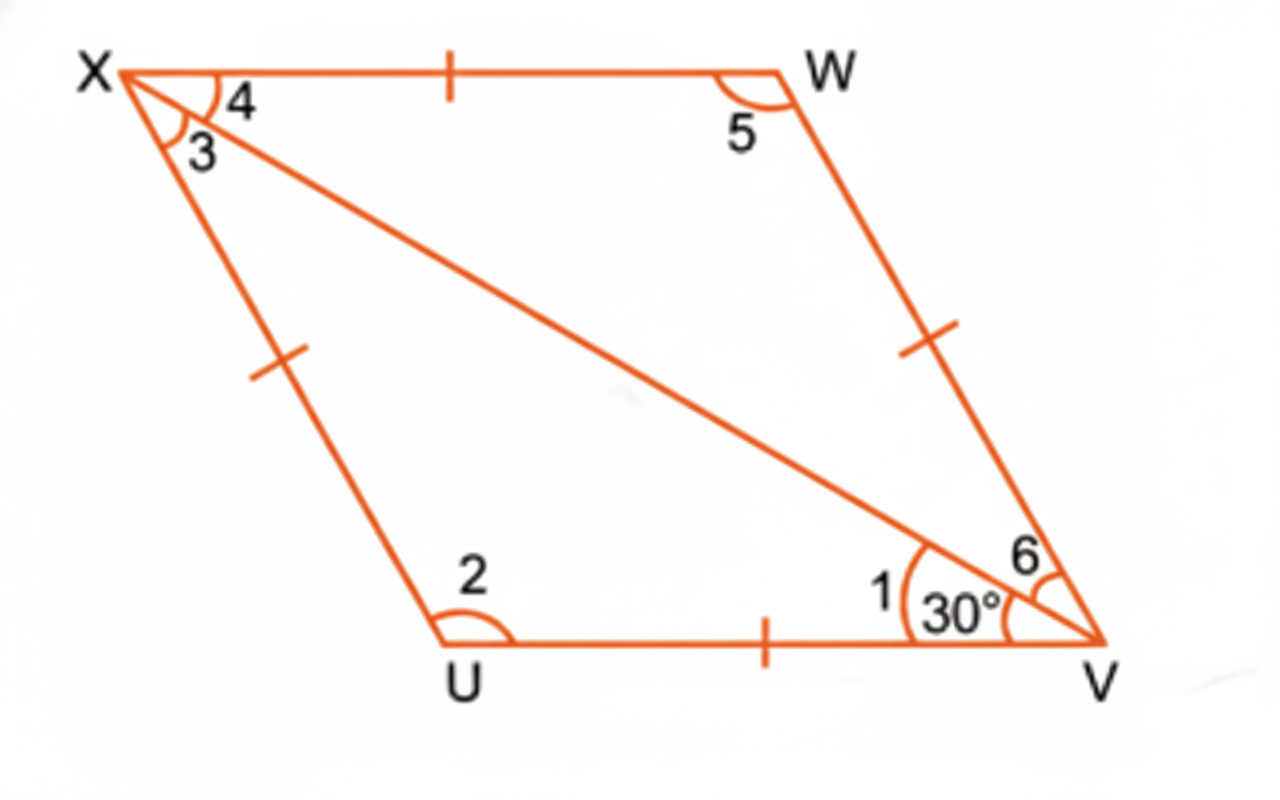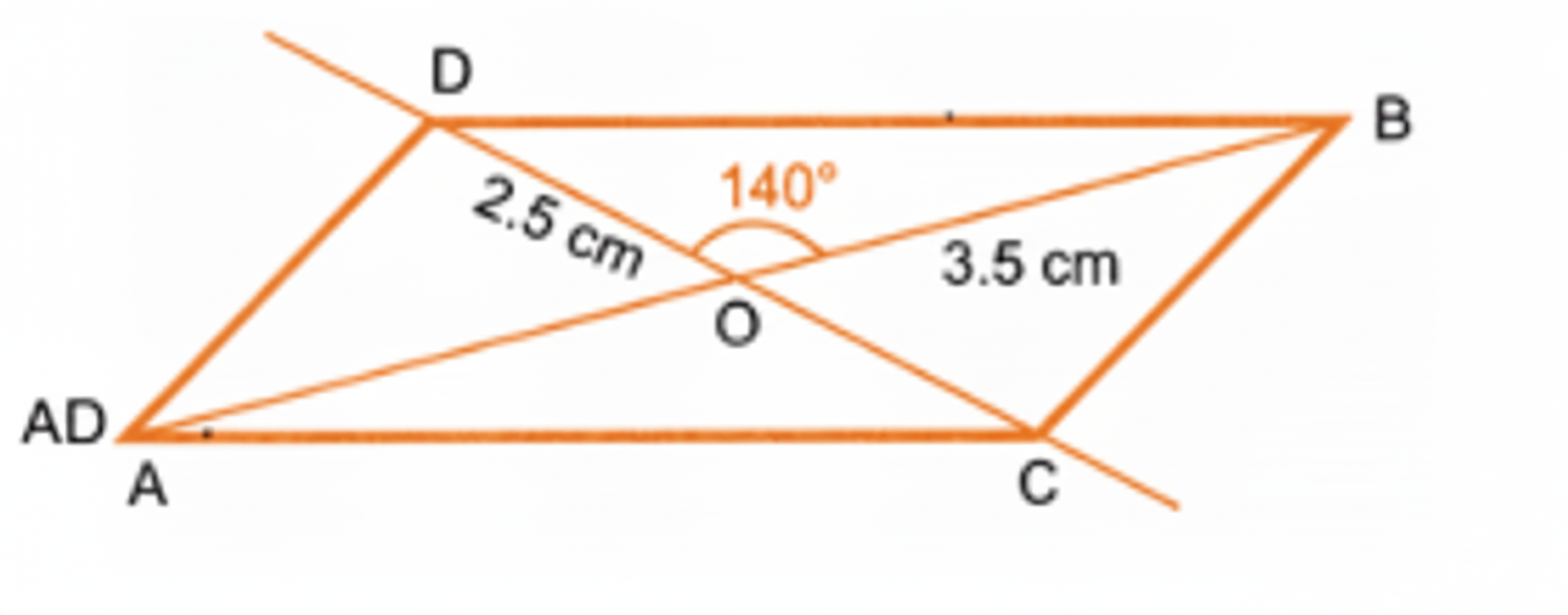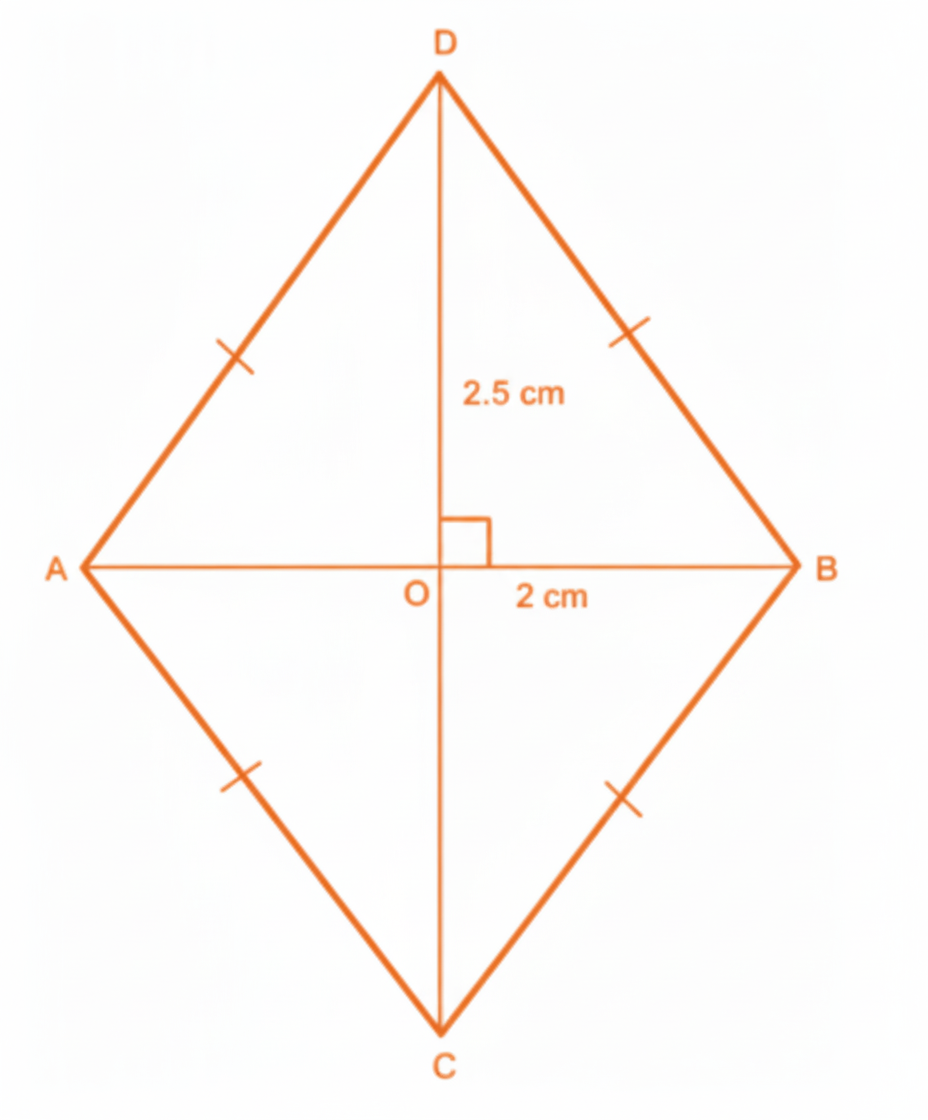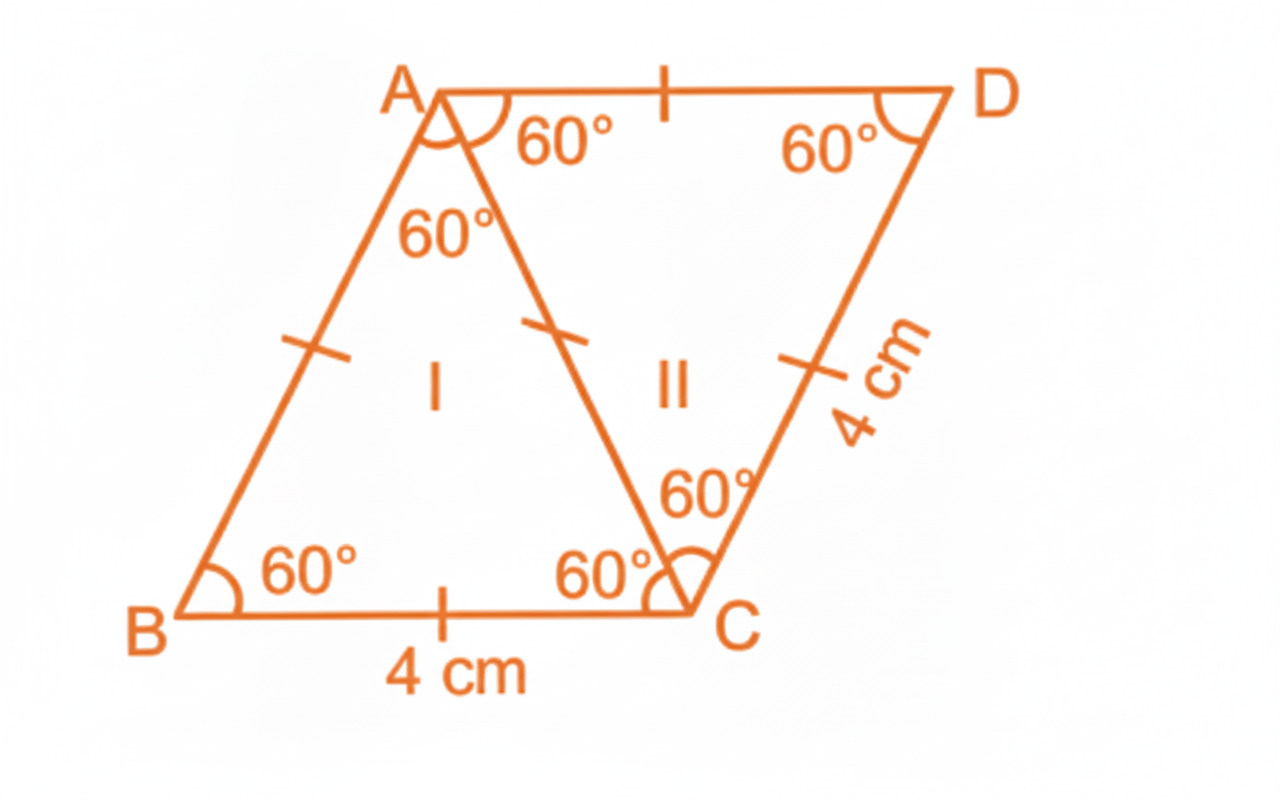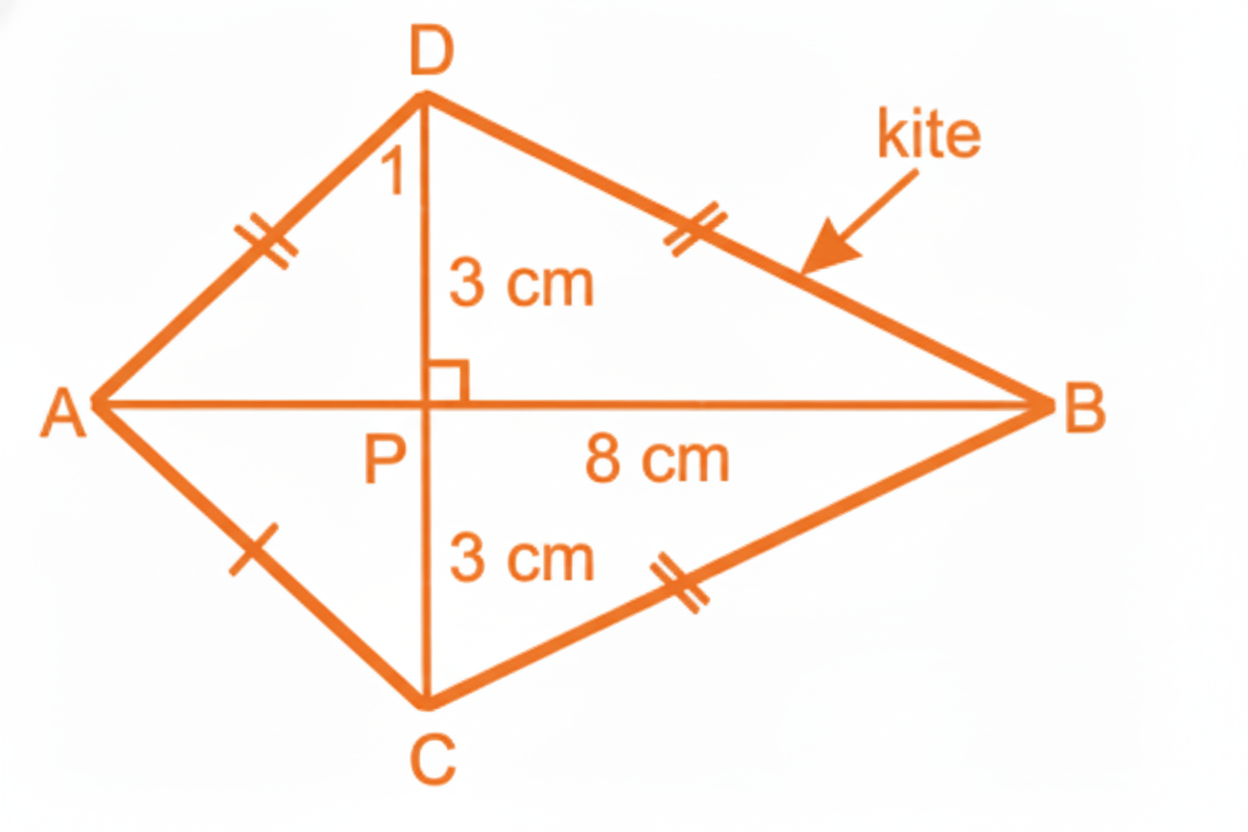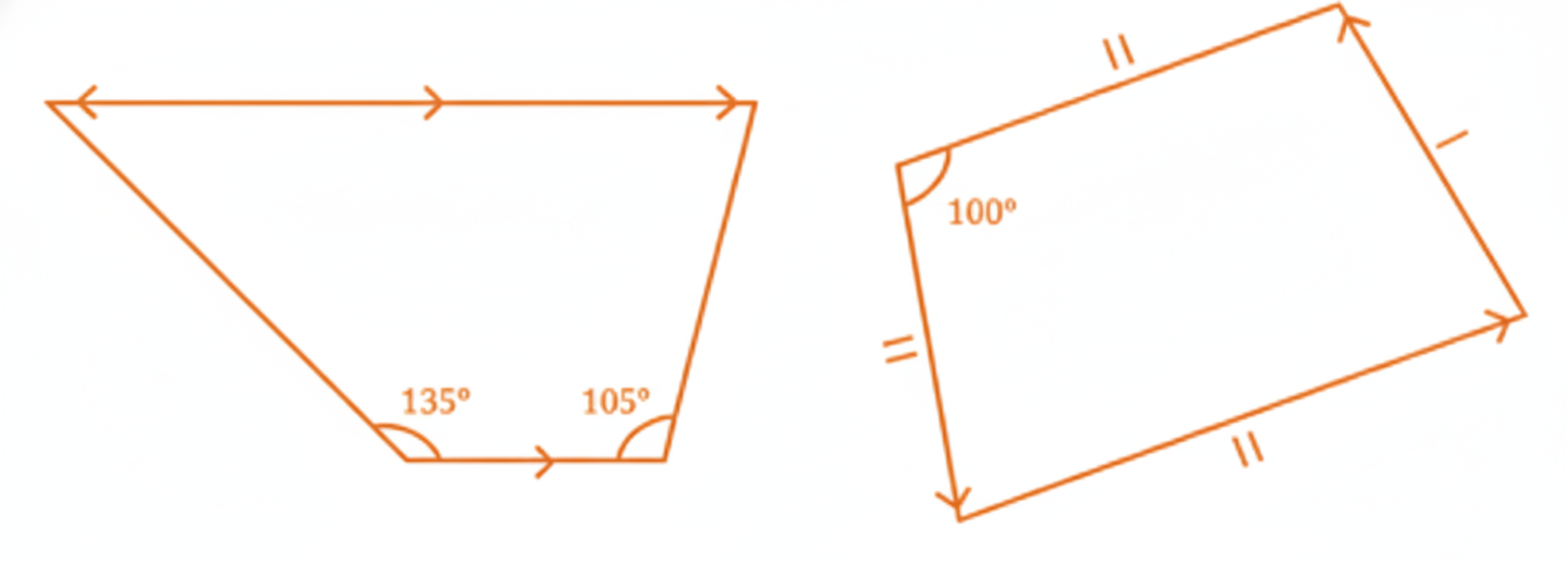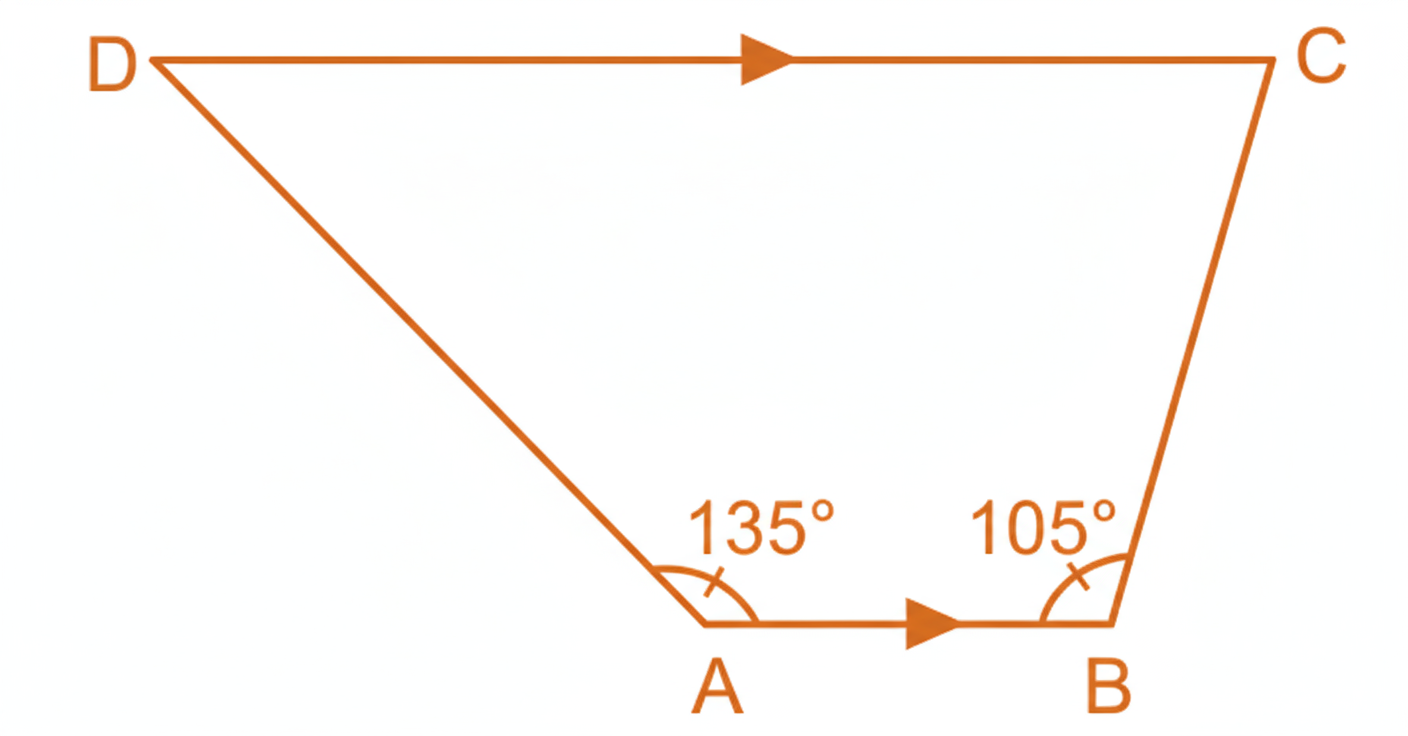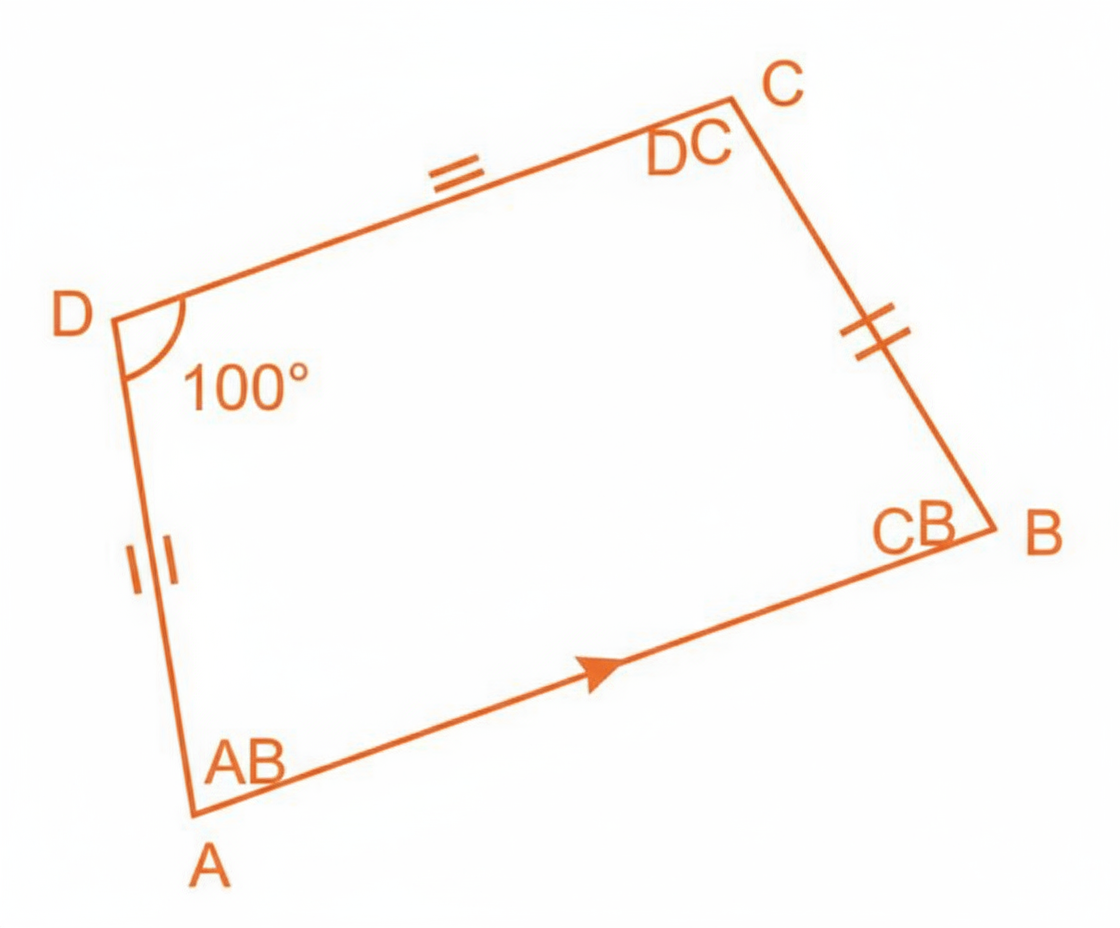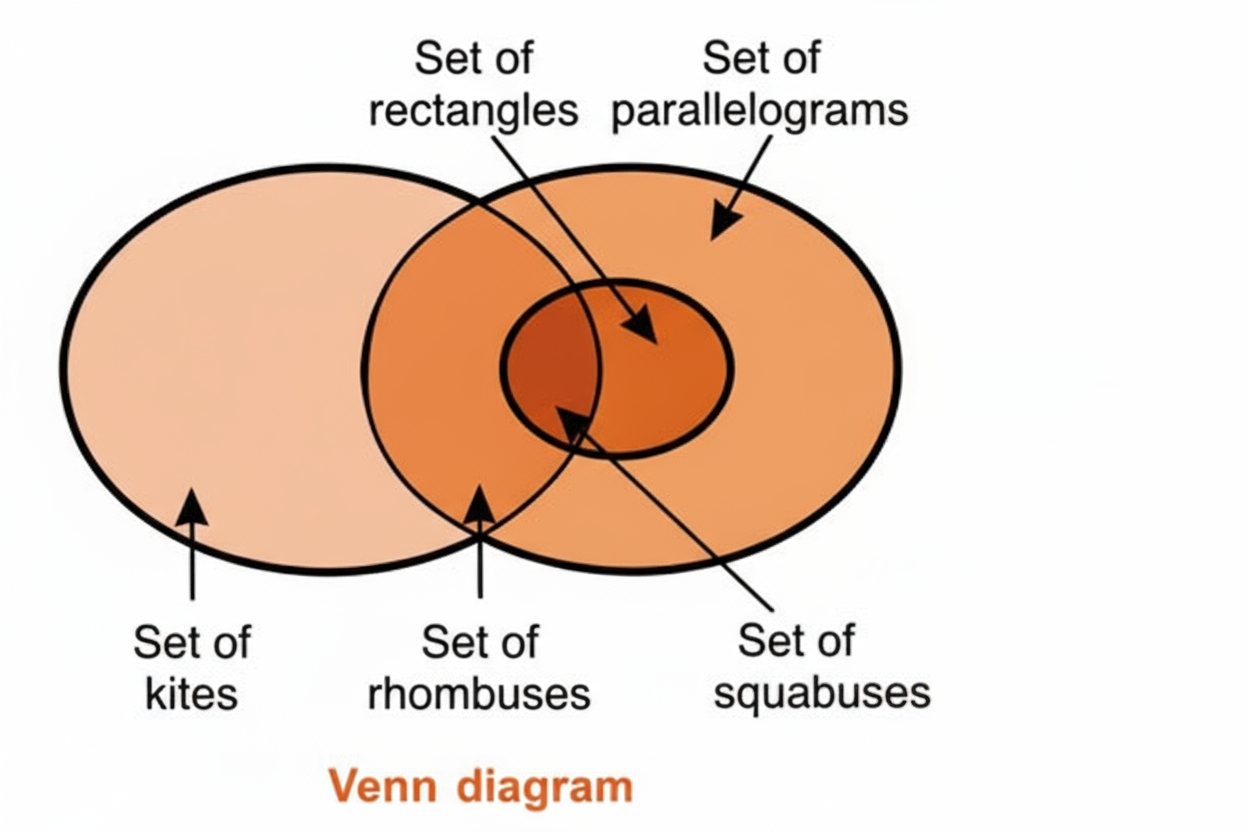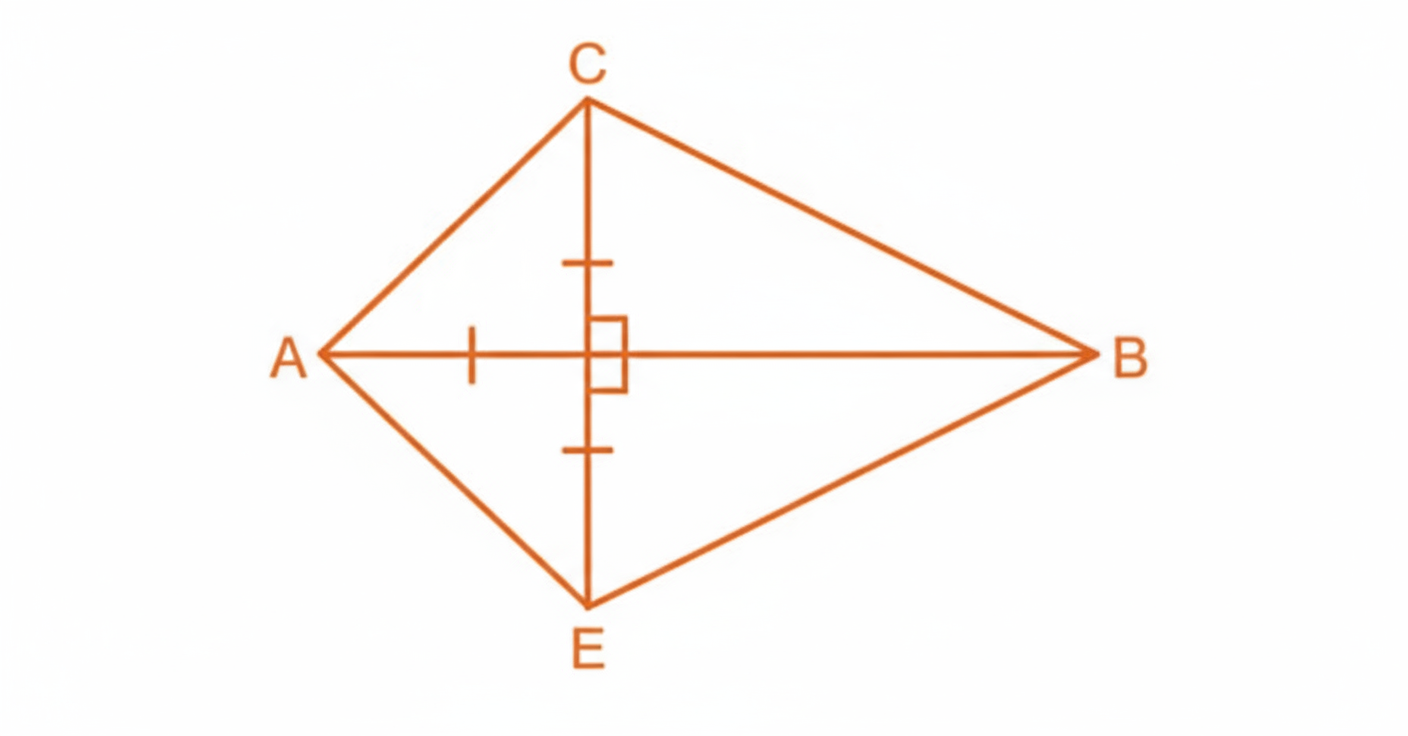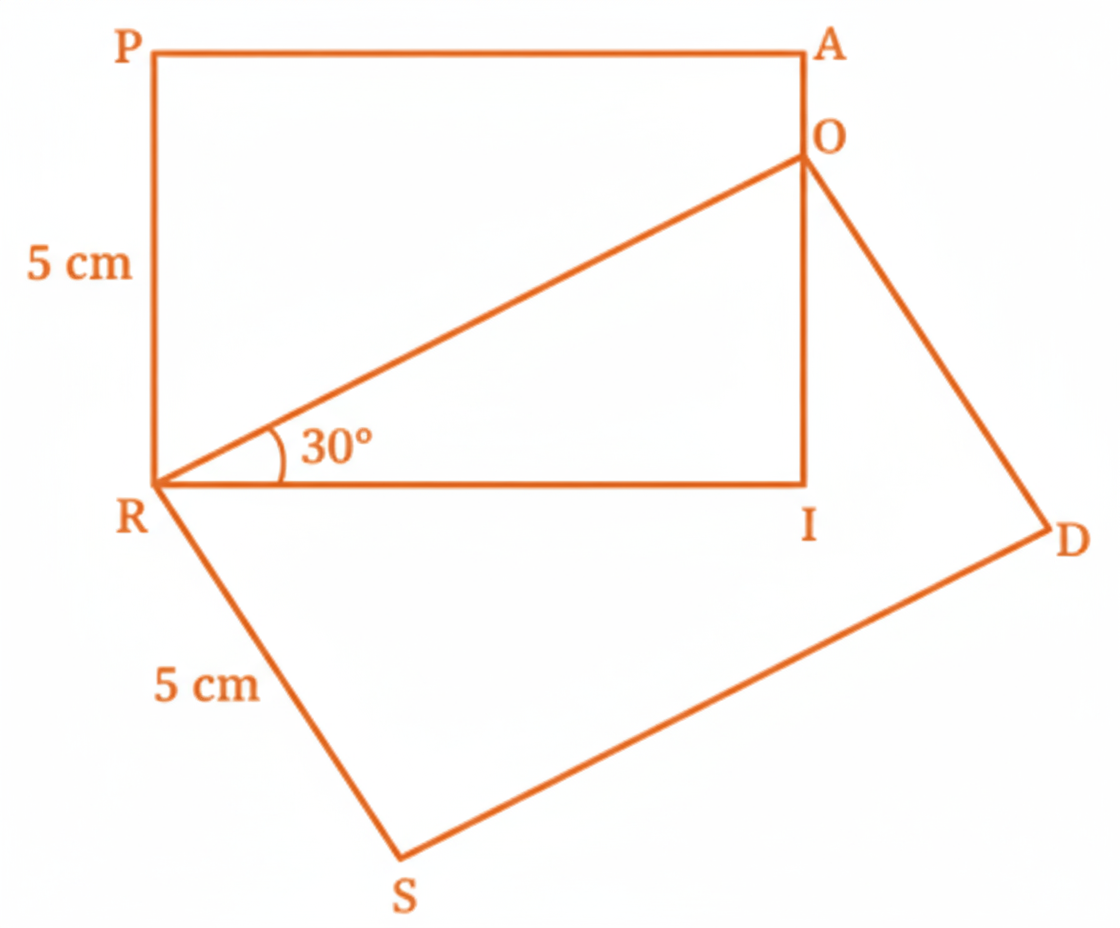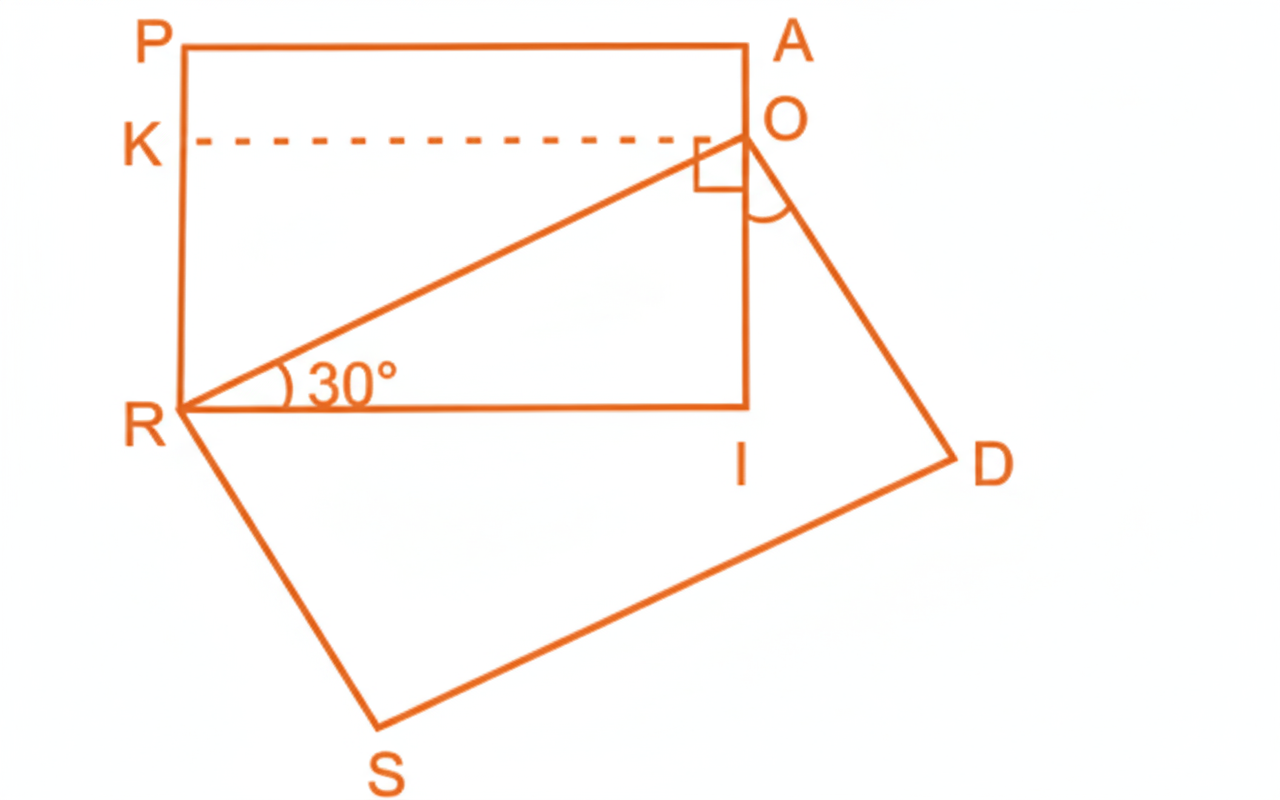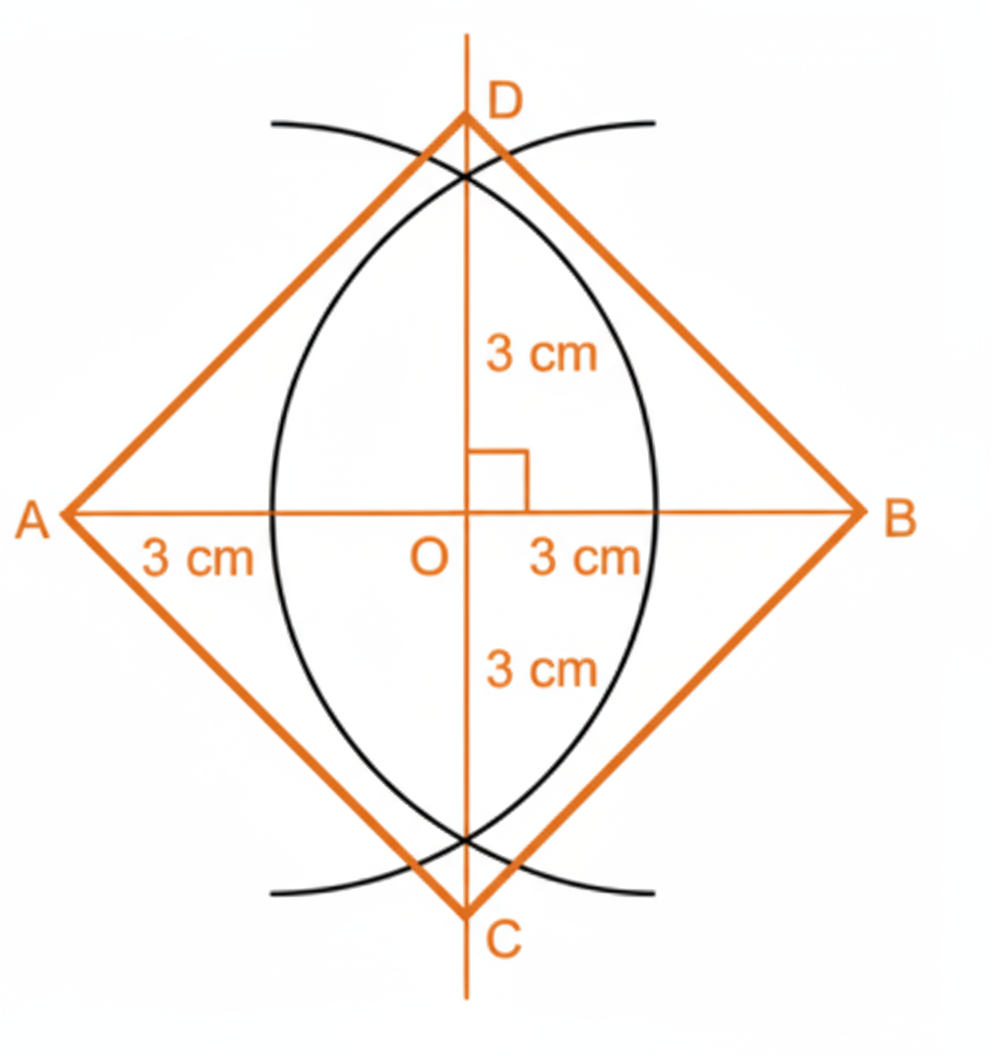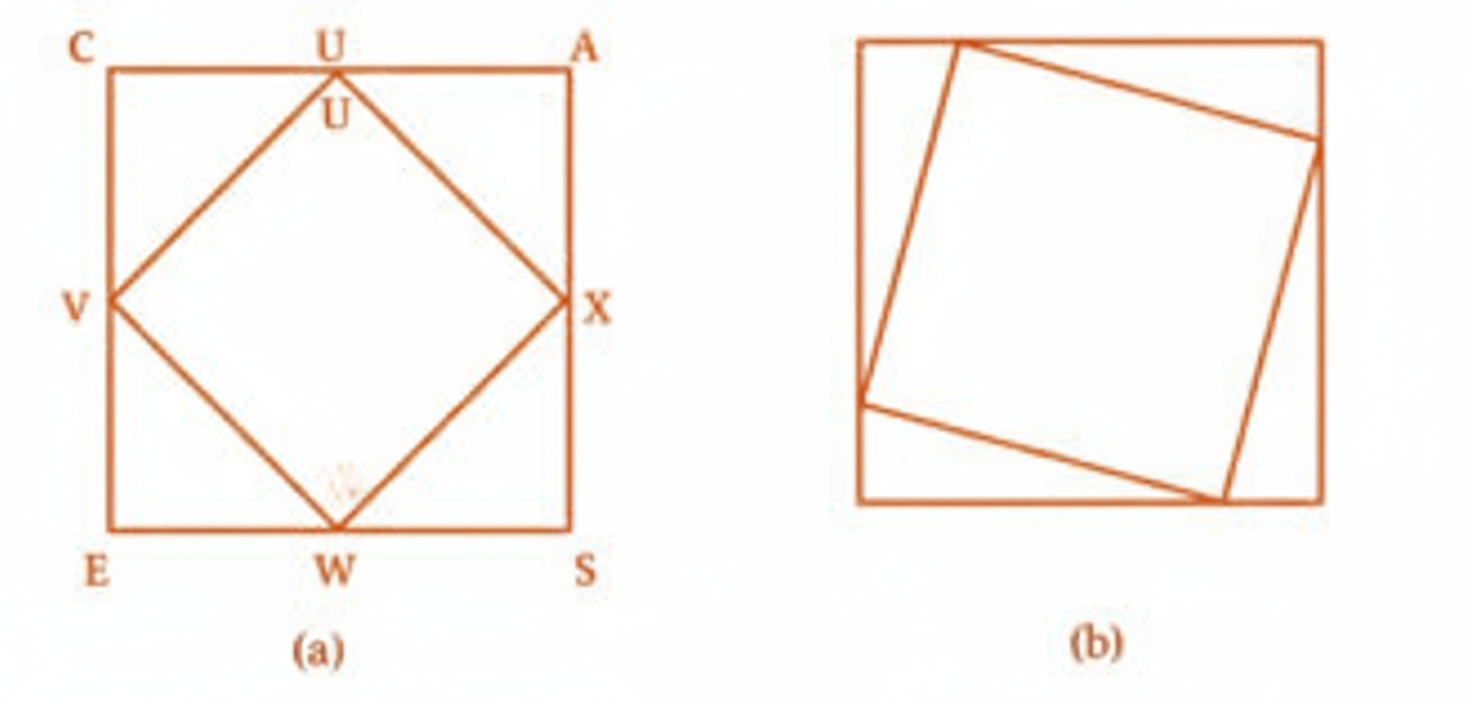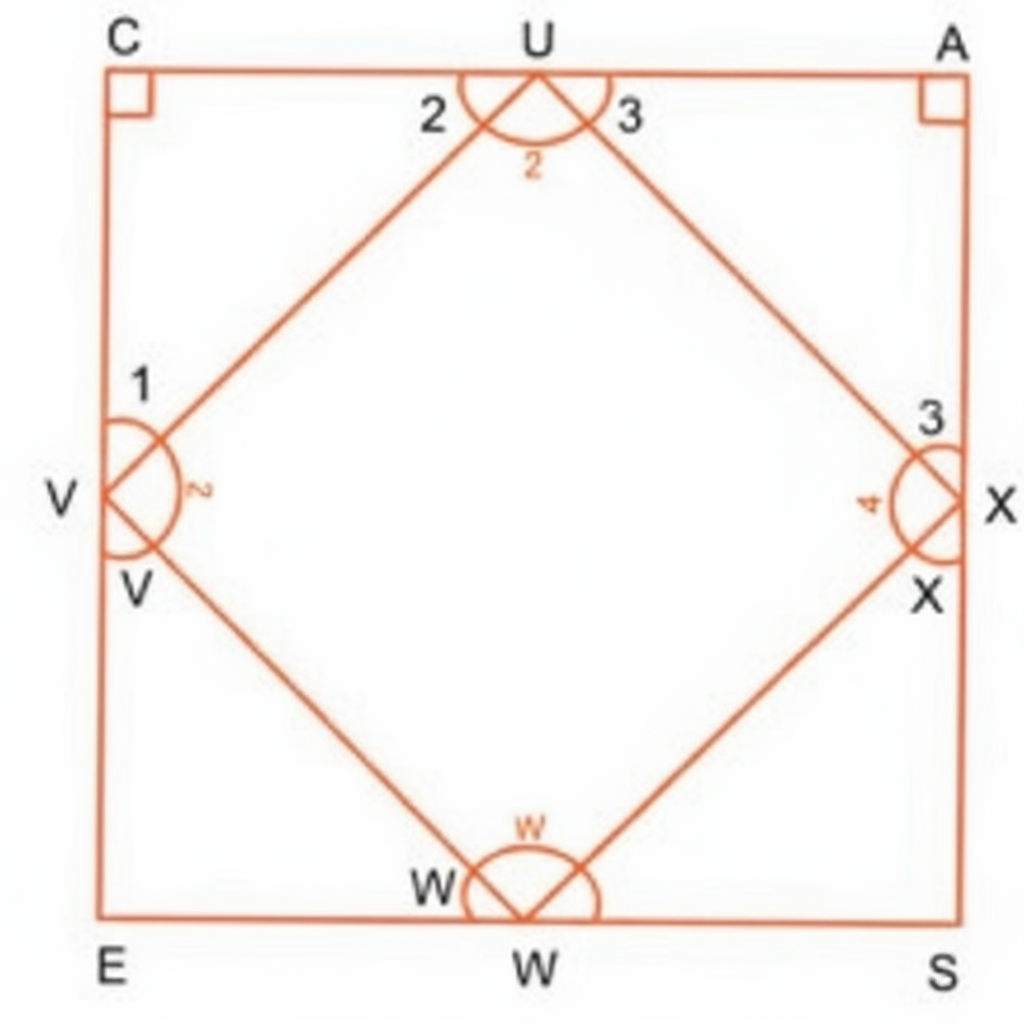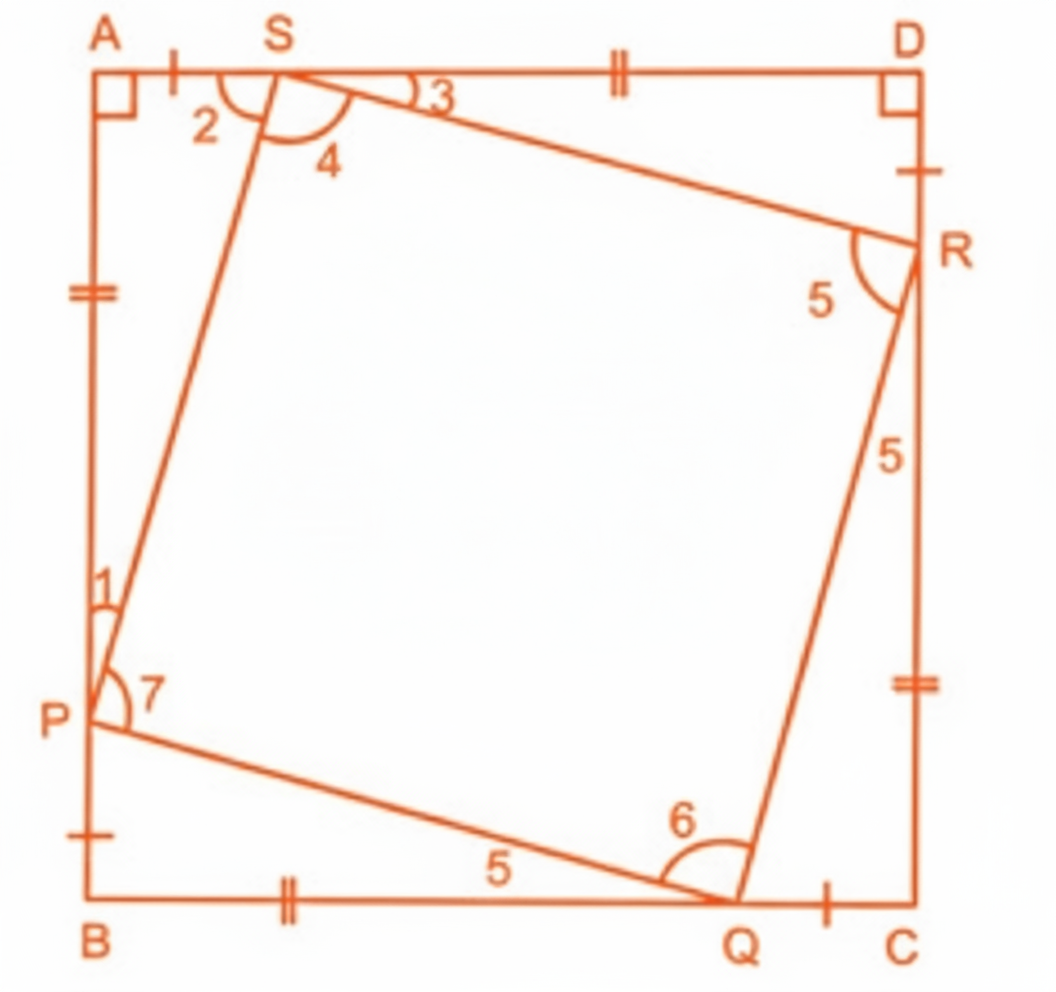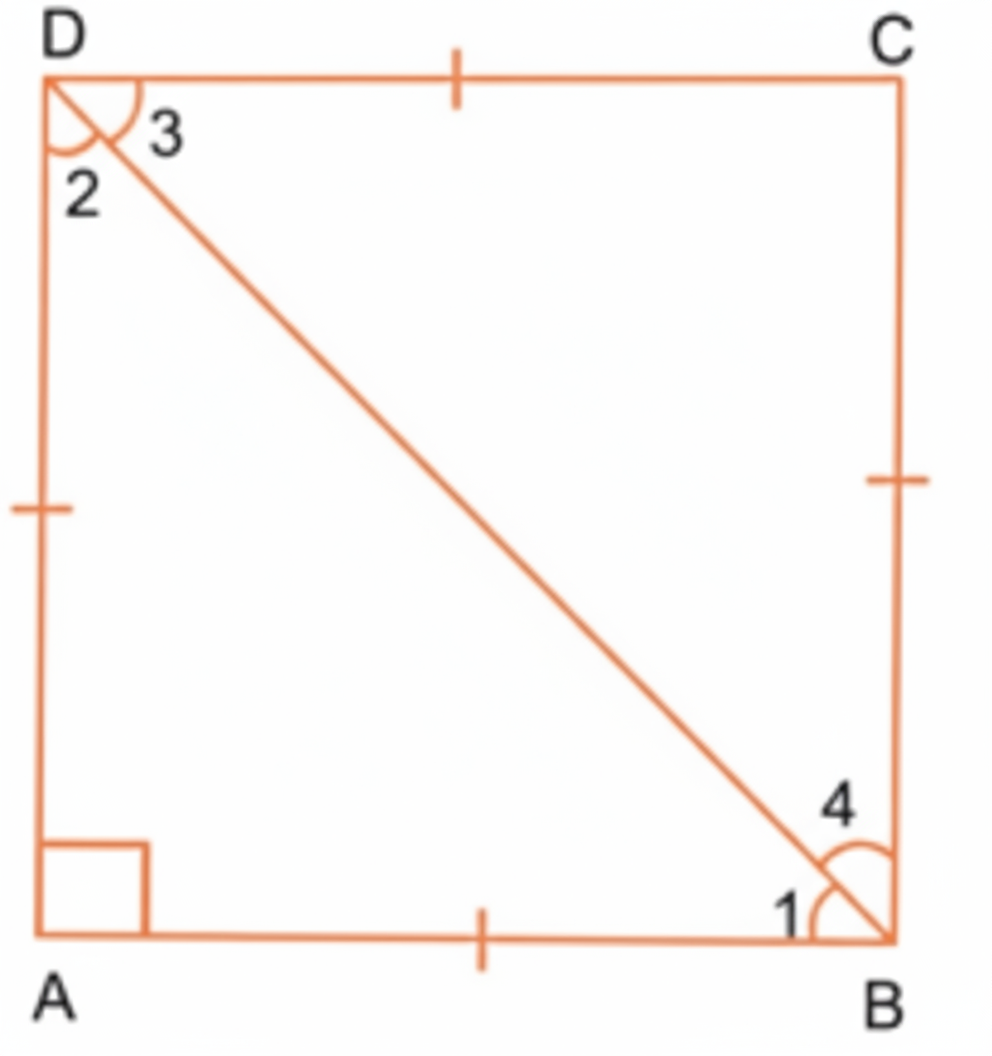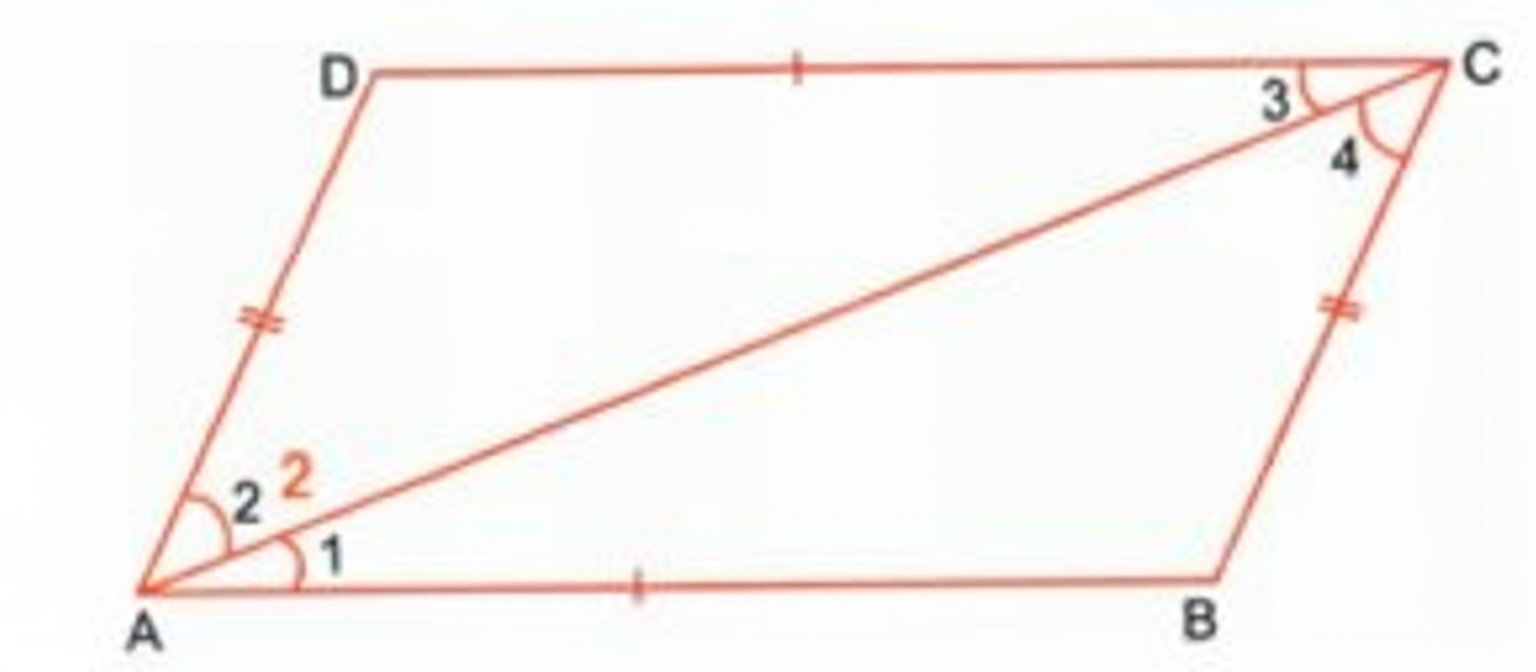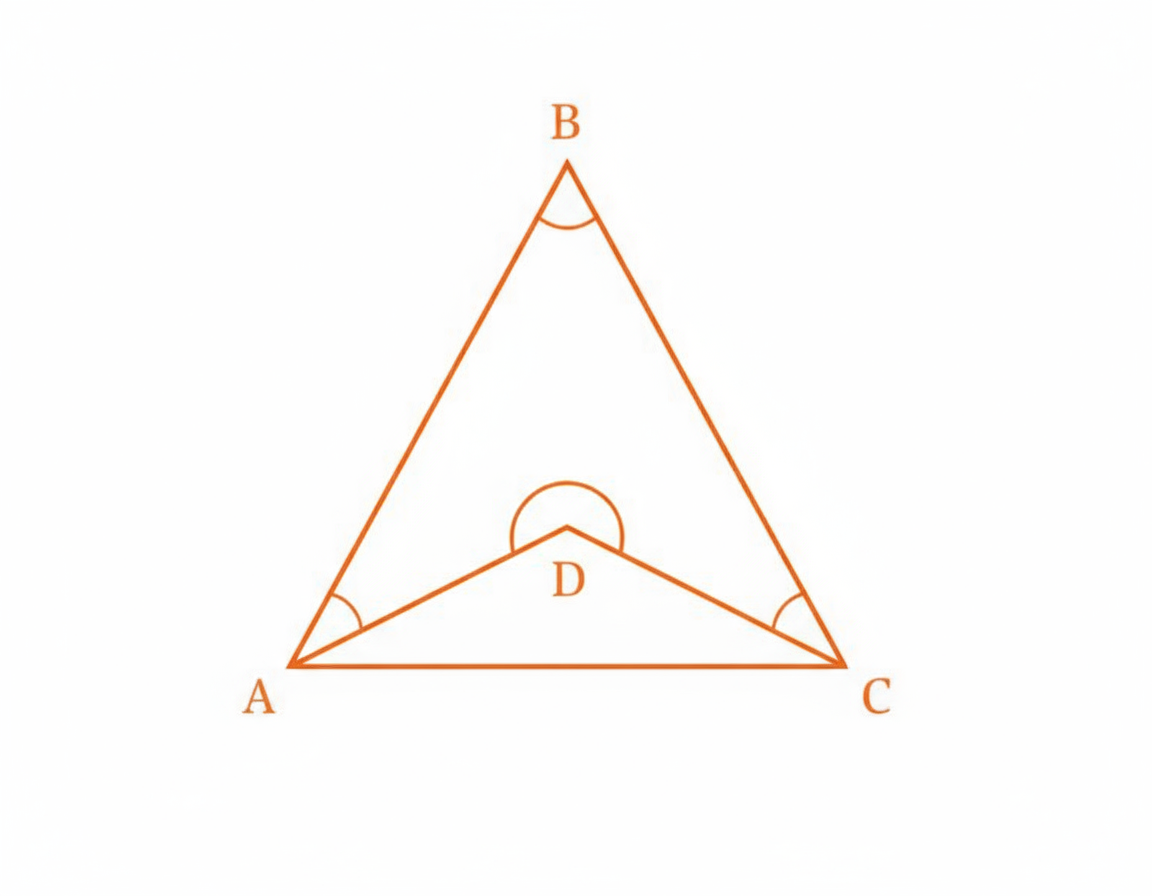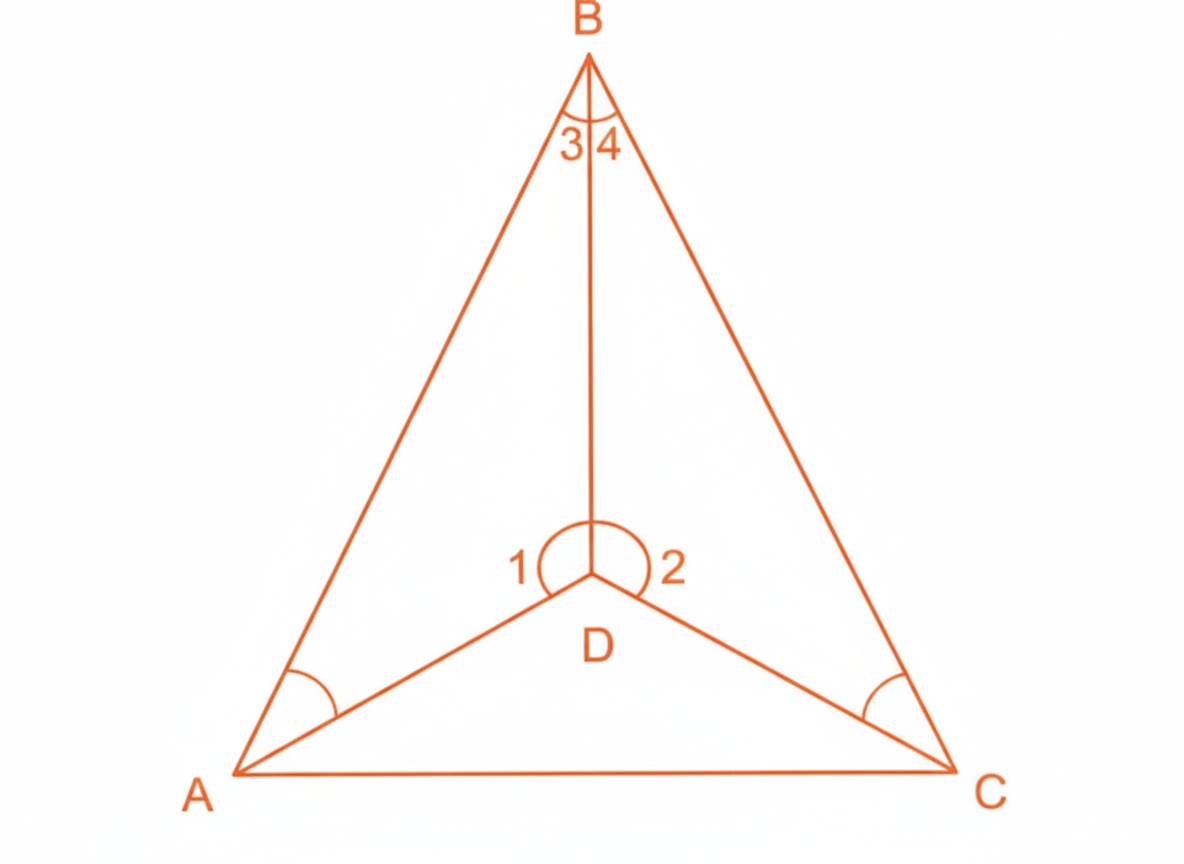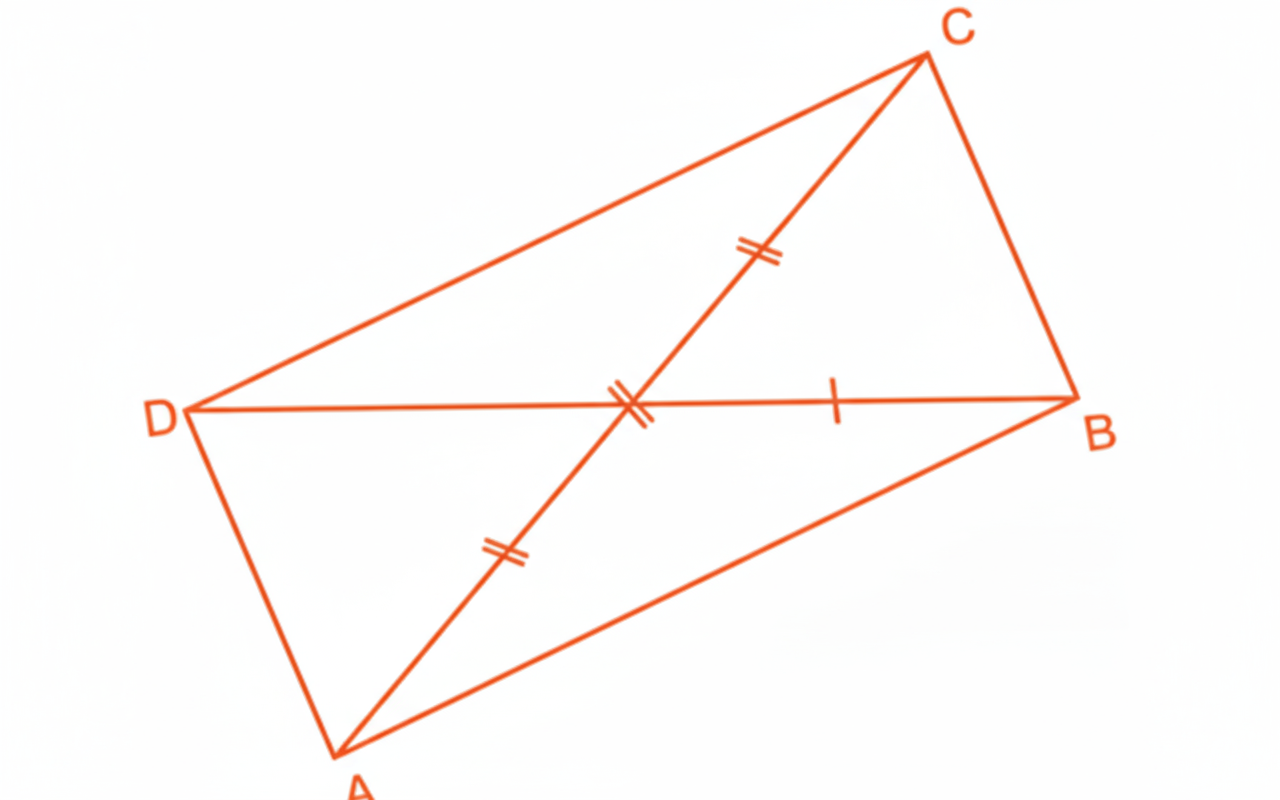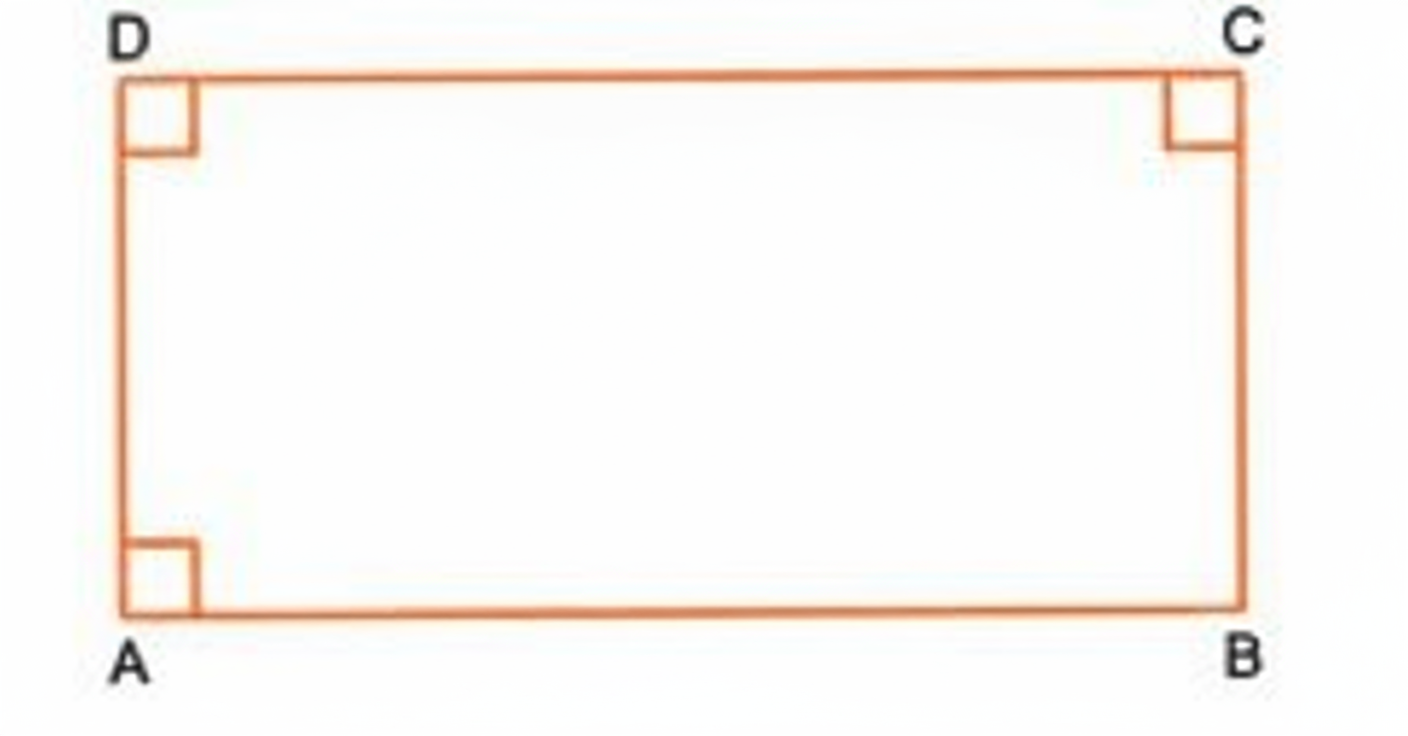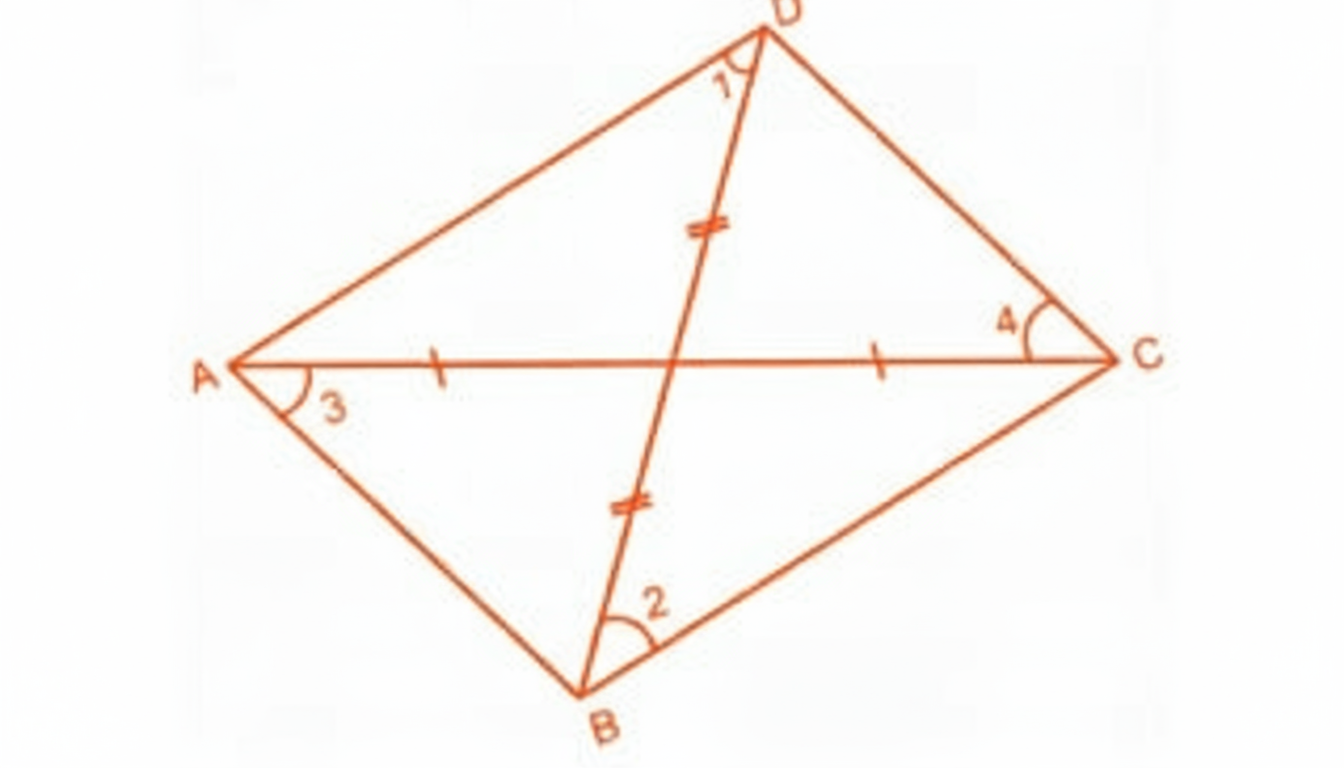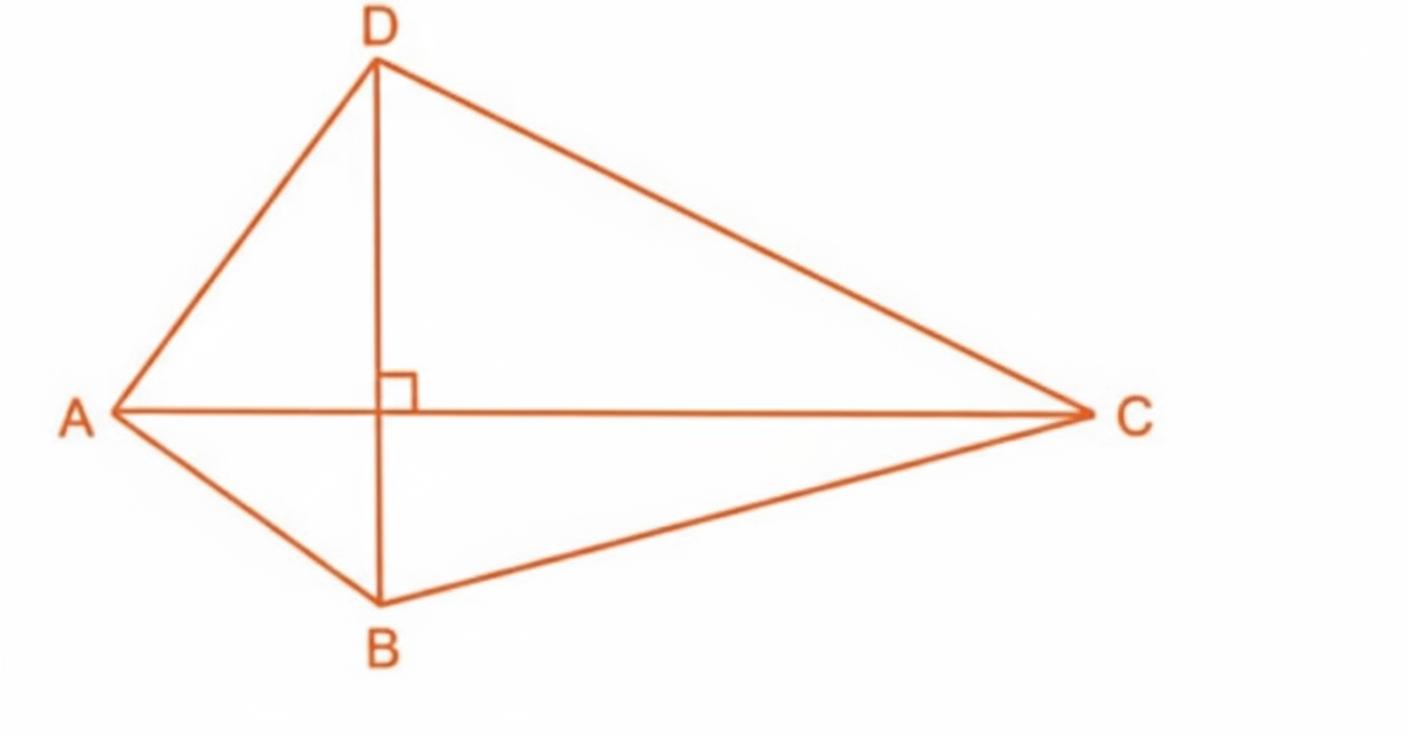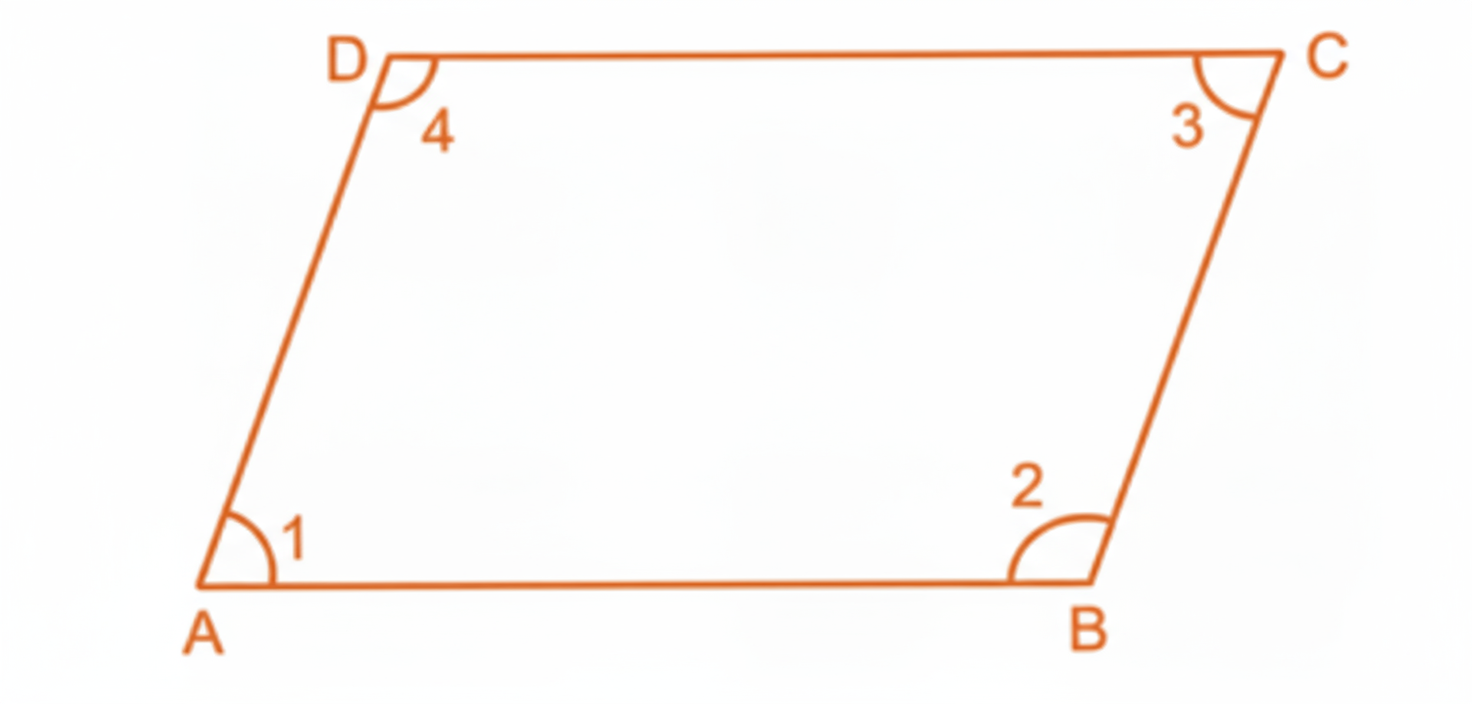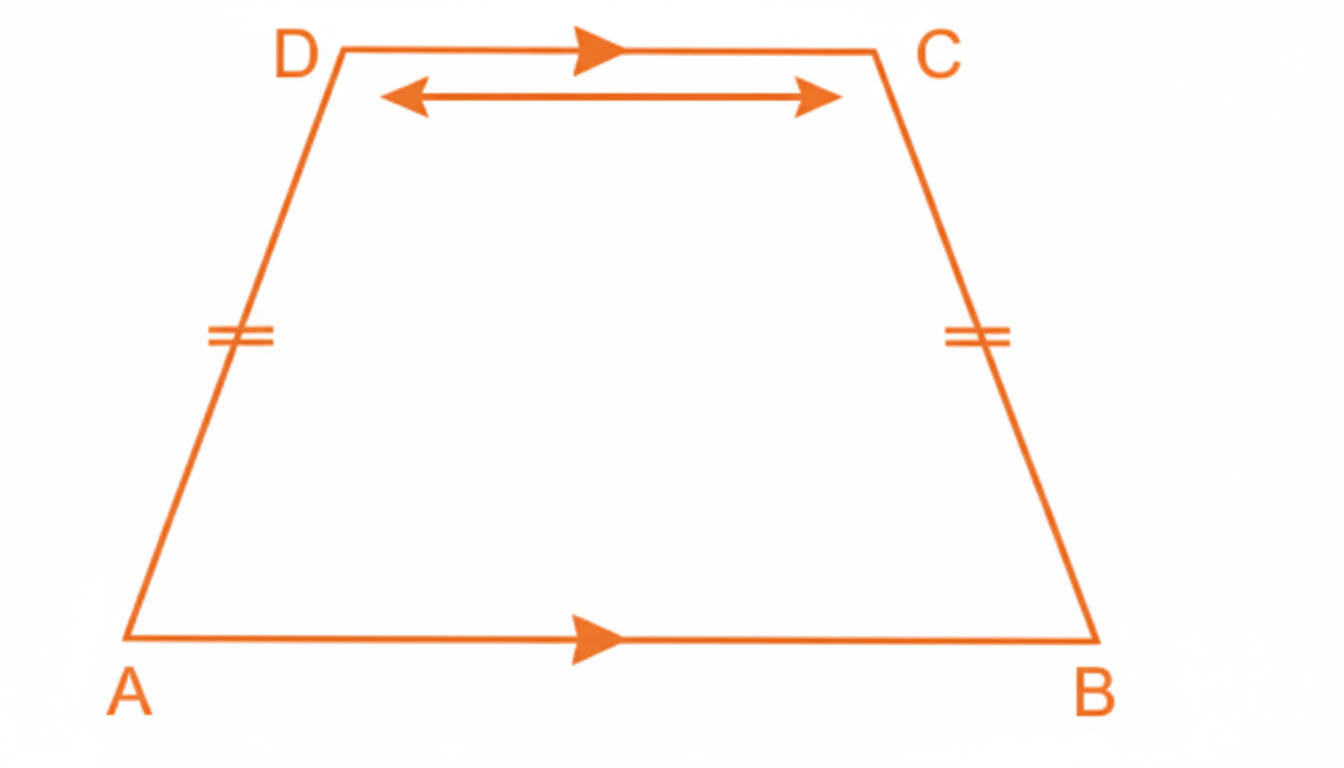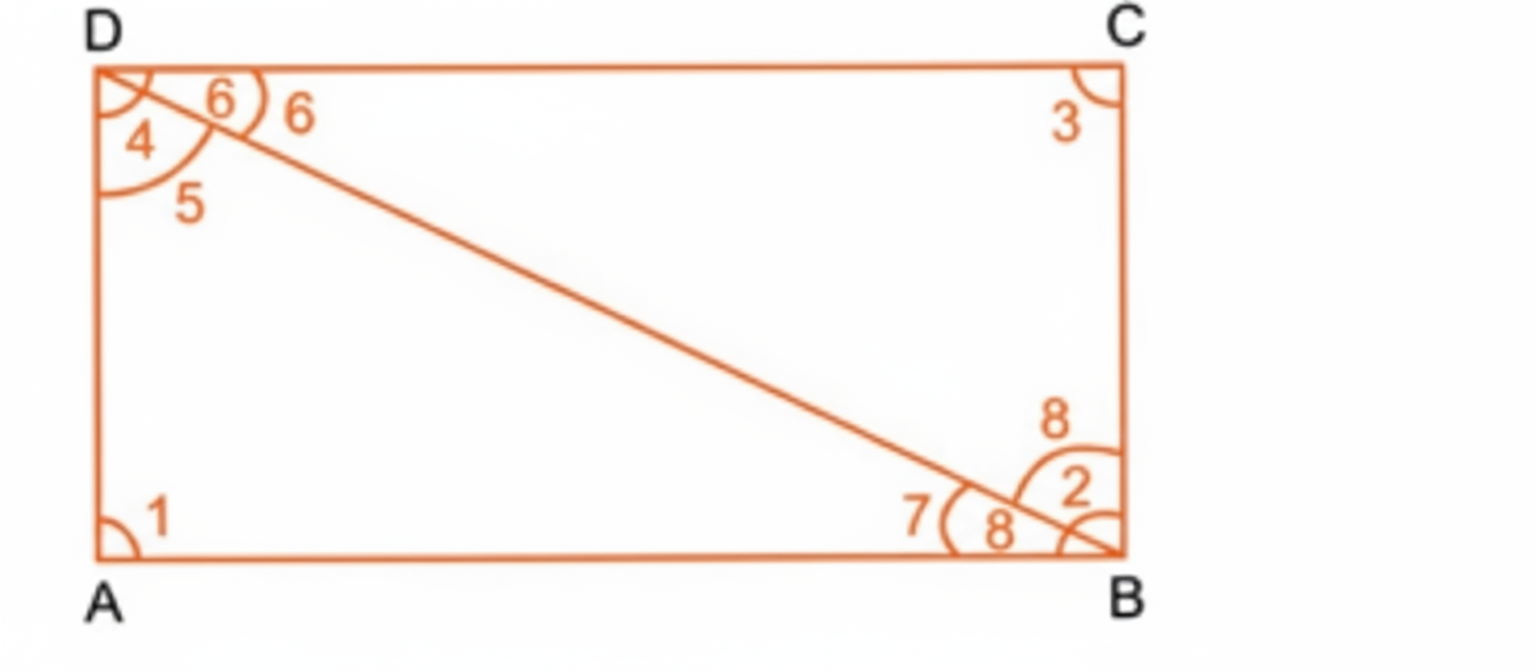Exercise-wise Solutions for Understanding Quadrilaterals Class 8 Maths
FAQs on Class 8 Maths Chapter 4 Quadrilaterals – NCERT Solutions (PDF)
1. What are NCERT Solutions for Class 8 Maths Chapter 4 Quadrilaterals and how do they benefit CBSE students?
NCERT Solutions for Class 8 Maths Chapter 4 Quadrilaterals provide detailed, stepwise answers to all textbook questions, which helps CBSE students grasp concepts thoroughly and score better in exams. Using these structured solutions, learners get clarity on properties, theorems, and definitions related to quadrilaterals, all crucial for the 2025–26 CBSE syllabus.
2. How can I use NCERT Solutions for Class 8 Maths Chapter 4 Quadrilaterals to score full marks in board exams?
To score full marks with NCERT Solutions for Class 8 Maths Chapter 4 Quadrilaterals, follow this checklist:
- Write stepwise solutions for each question as shown in Vedantu's explanations.
- Include accurate diagrams where required.
- Use definitions and key terms highlighted in the solutions.
- Align your answers with the CBSE marking scheme.
- Revise exemplar and additional questions provided by Vedantu for thorough preparation.
3. Are diagrams and definitions compulsory when answering questions from Class 8 Maths Chapter 4 Quadrilaterals?
While using NCERT Solutions for Class 8 Maths Chapter 4 Quadrilaterals, it is important to note that diagrams and definitions are often essential for complete answers. CBSE examiners award step marks for correctly labelled diagrams and for including precise definitions, especially in geometry-based chapters like Quadrilaterals.
4. Where can I download the Class 8 Maths Chapter 4 Quadrilaterals NCERT Solutions PDF for free?
You can download the NCERT Solutions for Class 8 Maths Chapter 4 Quadrilaterals PDF for free directly from Vedantu. Vedantu offers official, teacher-reviewed solutions, exercise-wise, to help you prepare offline with ease.
5. Which are the most important topics in NCERT Solutions for Class 8 Maths Chapter 4 Quadrilaterals for exams?
The key topics from NCERT Solutions for Class 8 Maths Chapter 4 Quadrilaterals that frequently appear in CBSE exams include:
- Properties and classification of quadrilaterals
- Parallelograms and their characteristics
- Sum of angles in a quadrilateral
- Application of definitions and theorems
- Construction and labelling of quadrilaterals
6. What is the best way to present long answers from Class 8 Maths Chapter 4 Quadrilaterals as per CBSE marking scheme?
To match the CBSE marking scheme using NCERT Solutions for Class 8 Maths Chapter 4 Quadrilaterals, always write in clear steps, underline keywords, and add labelled diagrams where necessary. Start with a definition or given statement, illustrate the solution process step by step, and end with the final answer, just as outlined in Vedantu’s structured solutions.
7. Do examiners award partial marks for correct steps even if the final answer is wrong in NCERT Solutions for Class 8 Maths Chapter 4 Quadrilaterals?
Yes, CBSE examiners often give partial marks for correct intermediate steps, even if the final answer is incorrect, especially when using NCERT Solutions for Class 8 Maths Chapter 4 Quadrilaterals. Make sure to show every calculation and reasoning step, as Vedantu recommends, to maximize your score.
8. How should I revise Class 8 Maths Chapter 4 Quadrilaterals quickly using Vedantu's NCERT Solutions?
A quick revision strategy for NCERT Solutions for Class 8 Maths Chapter 4 Quadrilaterals involves:
- Reviewing Vedantu’s concise flash notes for key formulas and definitions.
- Solving at least one problem from each exercise in a timed manner.
- Practising diagrams and labelling for geometry-based questions.
- Summarizing the properties and types of quadrilaterals from Vedantu’s solutions.
9. How does following stepwise NCERT Solutions for Class 8 Maths Chapter 4 Quadrilaterals prevent common mistakes?
Following stepwise NCERT Solutions for Class 8 Maths Chapter 4 Quadrilaterals via Vedantu helps prevent typical errors such as missing steps, incorrect diagram labelling, or incomplete explanations. By structuring answers just like in Vedantu’s solutions, you align with CBSE step marks and minimize the chance of losing marks for avoidable mistakes.
10. What are the differences between back exercise and intext question solutions in NCERT Solutions for Class 8 Maths Chapter 4 Quadrilaterals?
The NCERT Solutions for Class 8 Maths Chapter 4 Quadrilaterals from Vedantu offer distinct approaches for back exercises and intext questions:
- Intext Questions: Test immediate understanding within the chapter. Solutions focus on key concepts and shorter steps.
- Back Exercises: Comprehensive practice covering all subtopics and requiring detailed, stepwise answers and diagrams.
11. Are references to textbook page numbers in NCERT Solutions for Class 8 Maths Chapter 4 Quadrilaterals helpful for revision?
Referencing textbook page numbers in NCERT Solutions for Class 8 Maths Chapter 4 Quadrilaterals, as shown in Vedantu’s curated answers, can make revision quicker and more systematic. This ensures you can cross-check concepts and solutions swiftly while preparing for CBSE exams.
12. How does using NCERT Solutions for Class 8 Maths Chapter 4 Quadrilaterals from Vedantu support CBSE exam preparation for 2025–26?
For students aiming to excel in CBSE 2025–26 exams, relying on NCERT Solutions for Class 8 Maths Chapter 4 Quadrilaterals from Vedantu provides not only stepwise clarity but also alignment with the latest marking schemes, accurate diagrams, and concise revision material. Every solution is reviewed by subject experts to ensure accuracy and syllabus compliance, helping students develop confidence and avoid common pitfalls in their preparation.
























